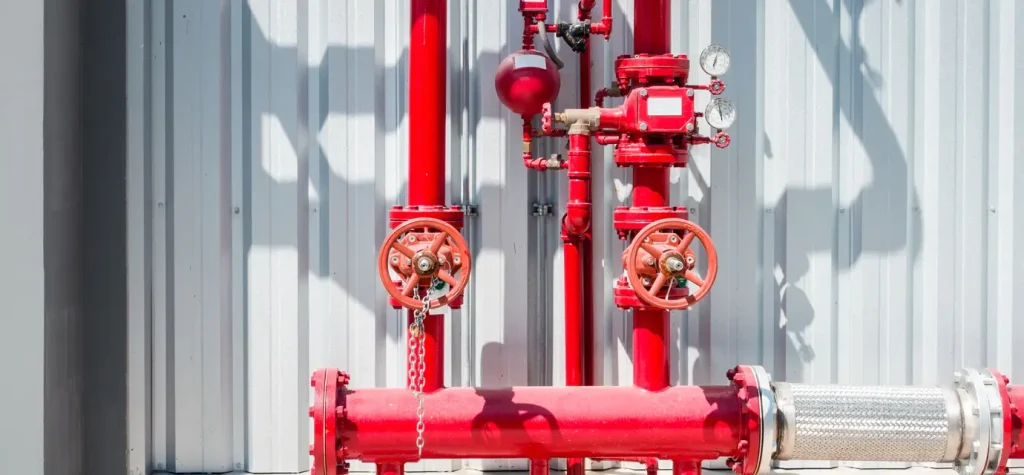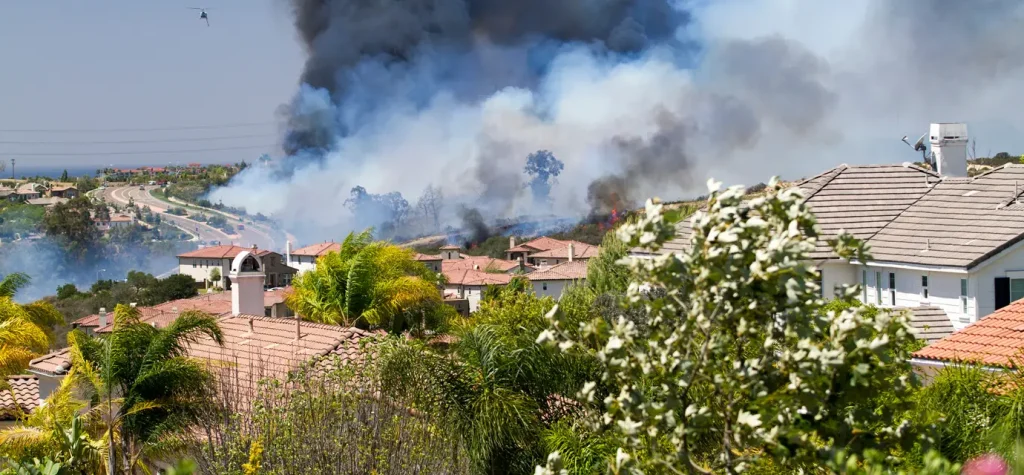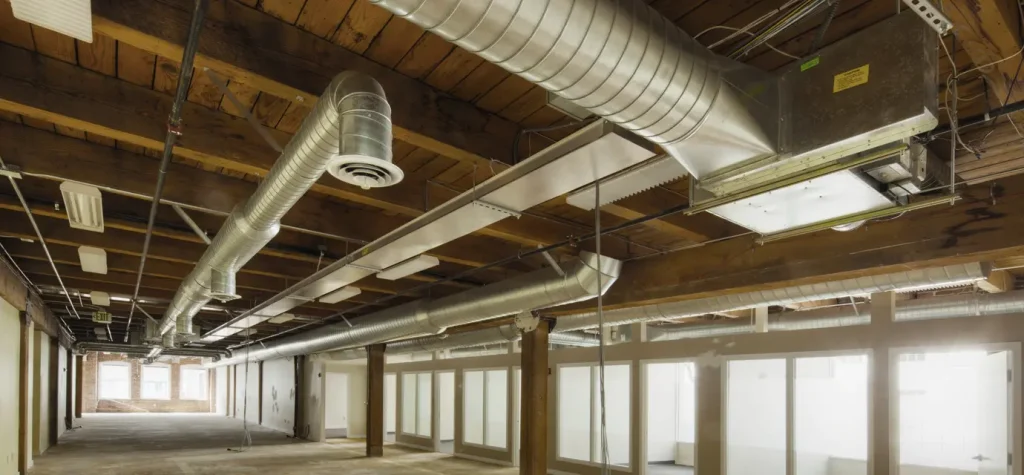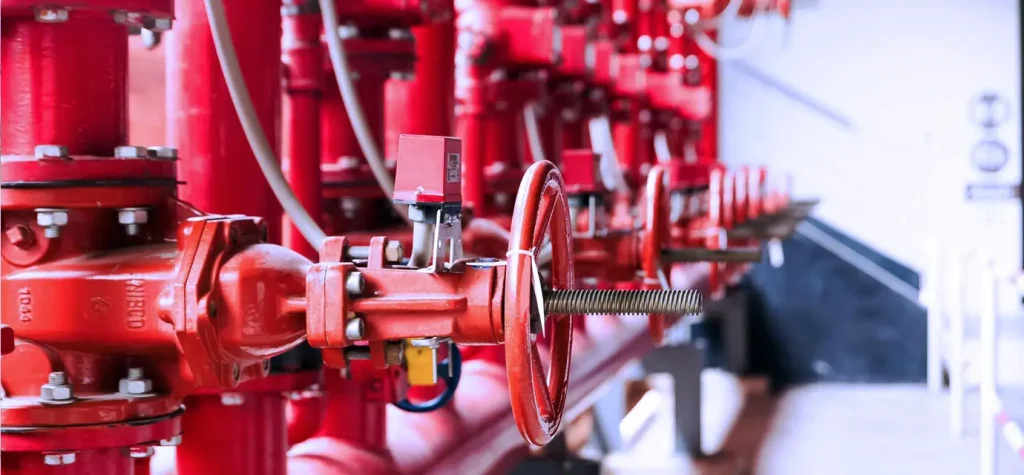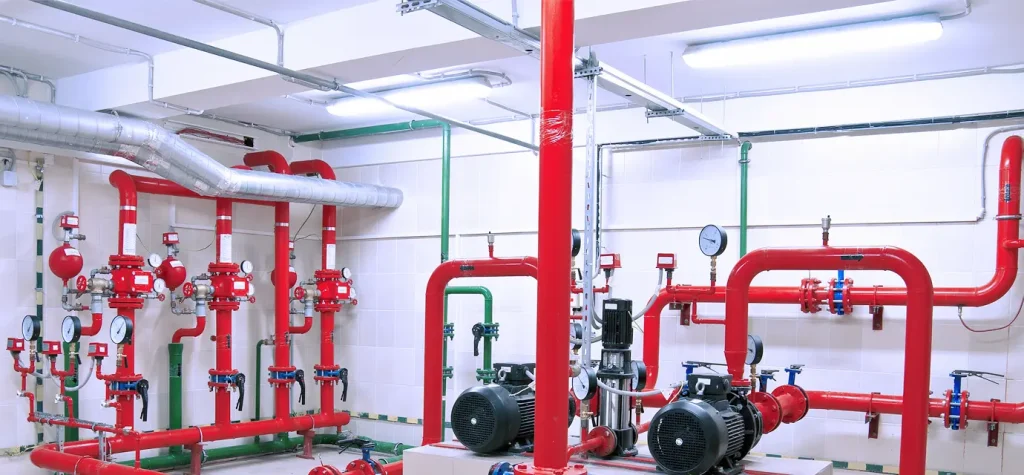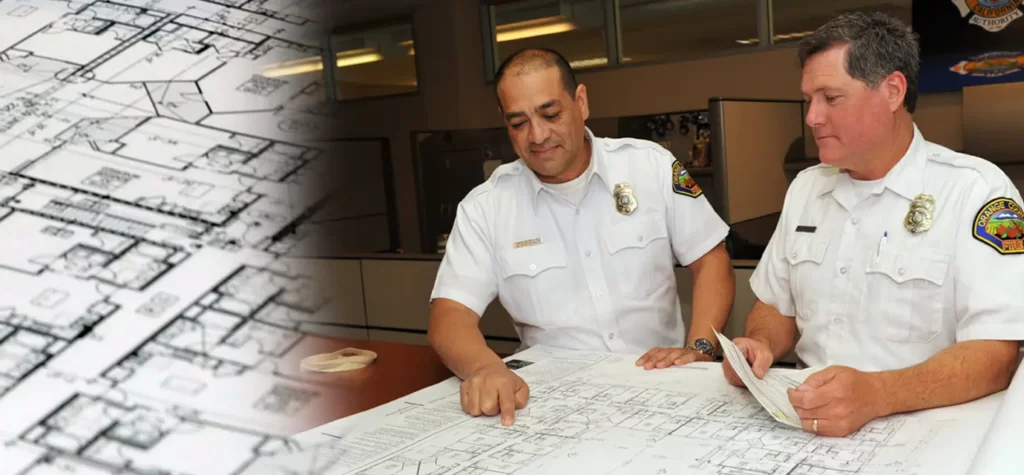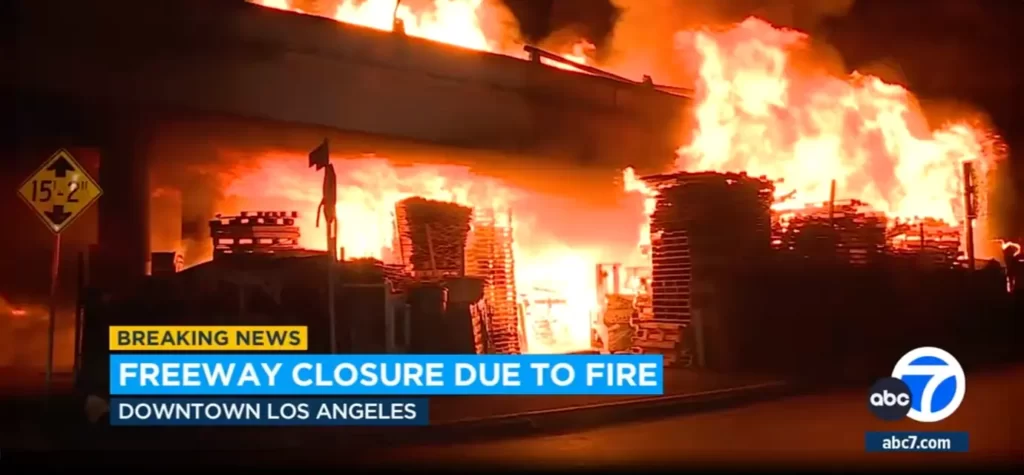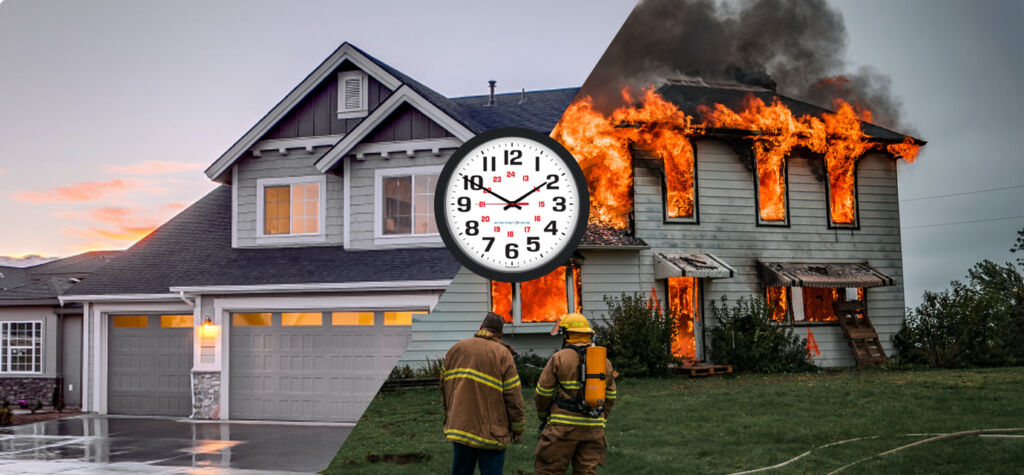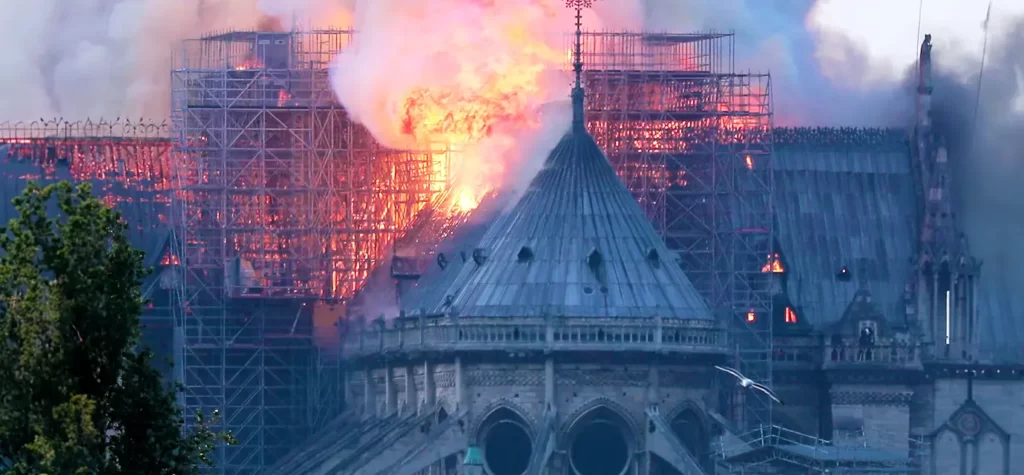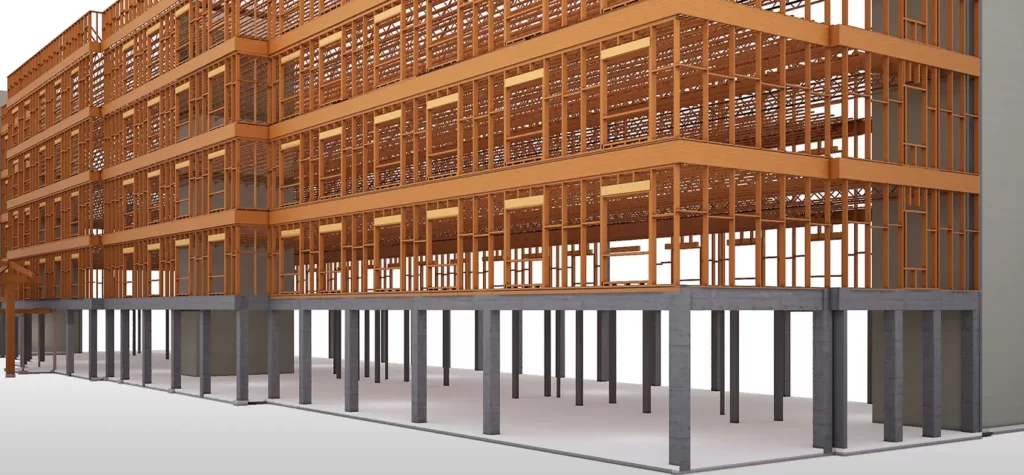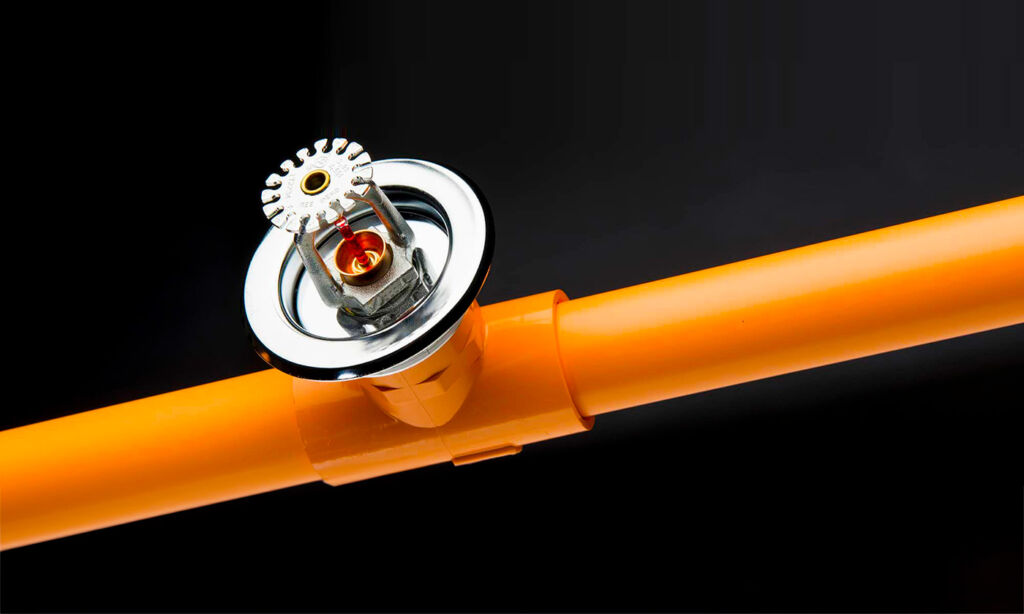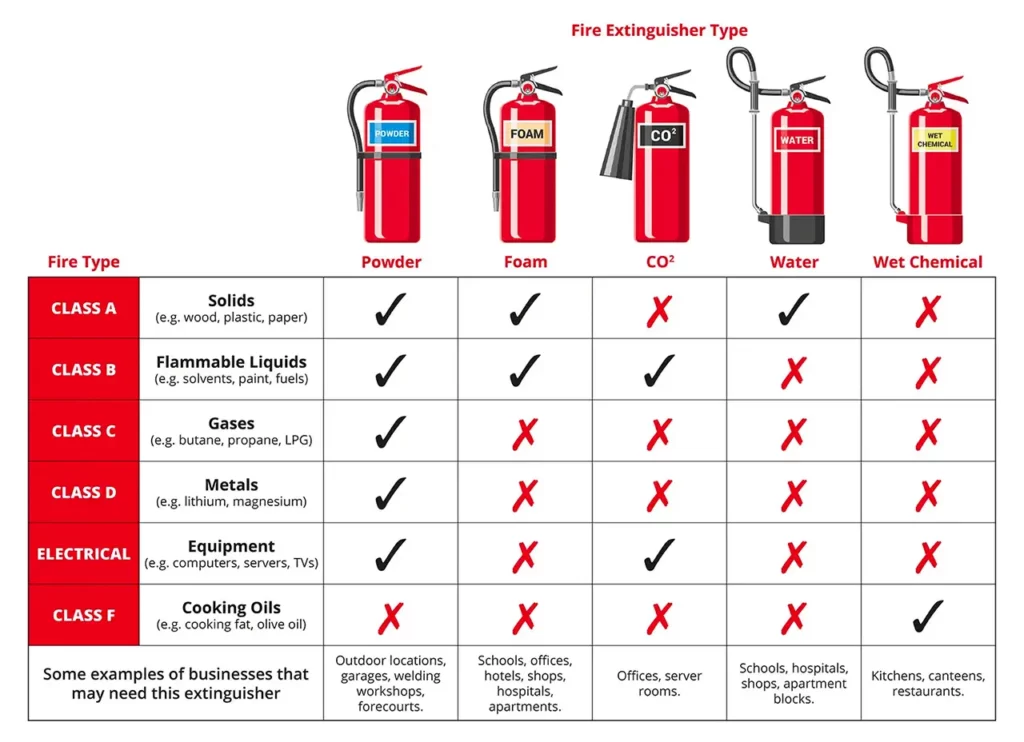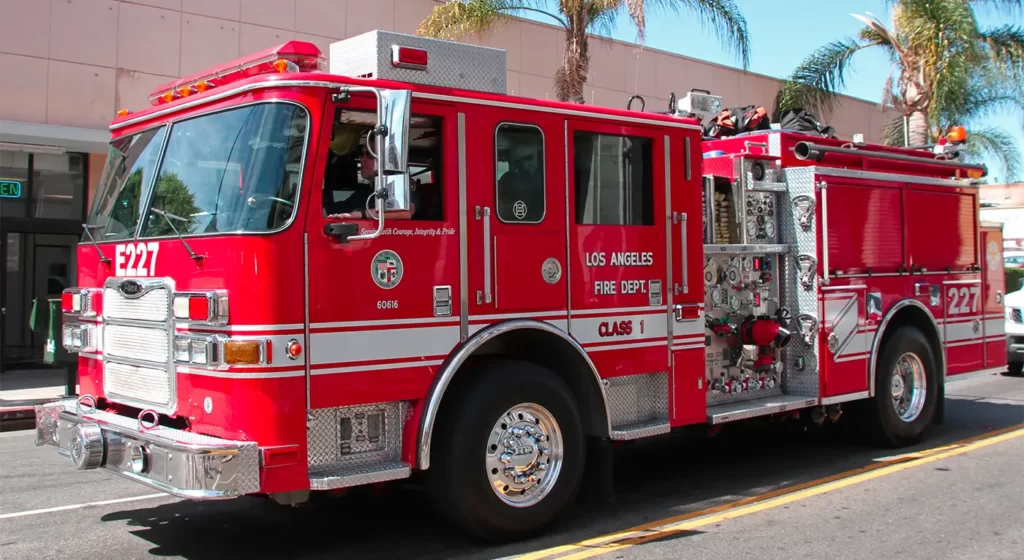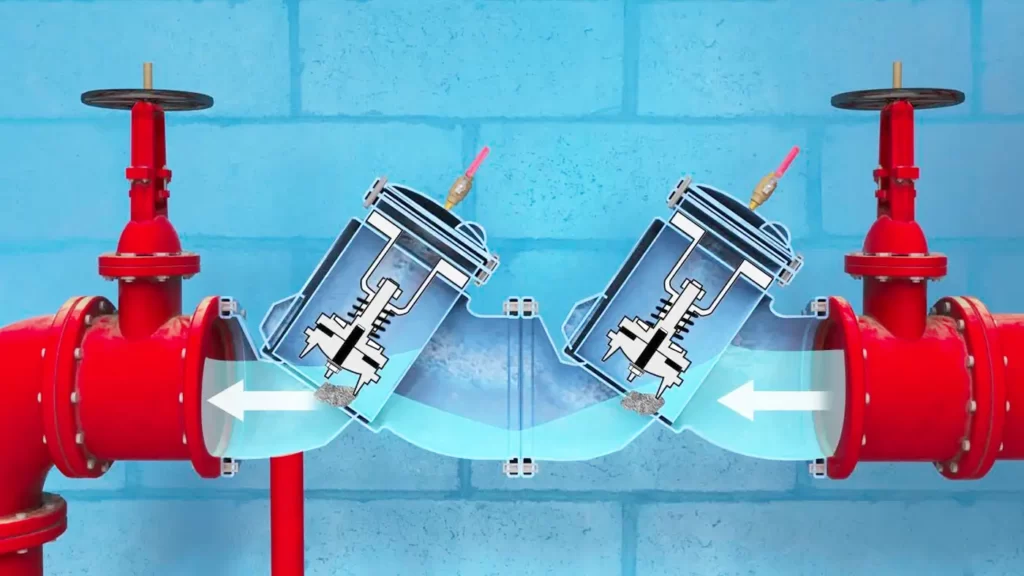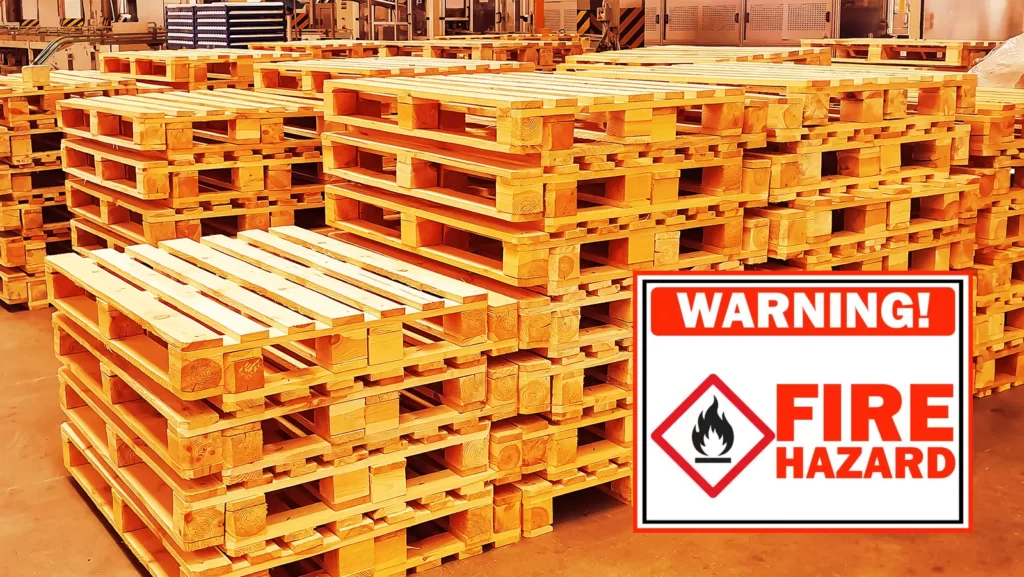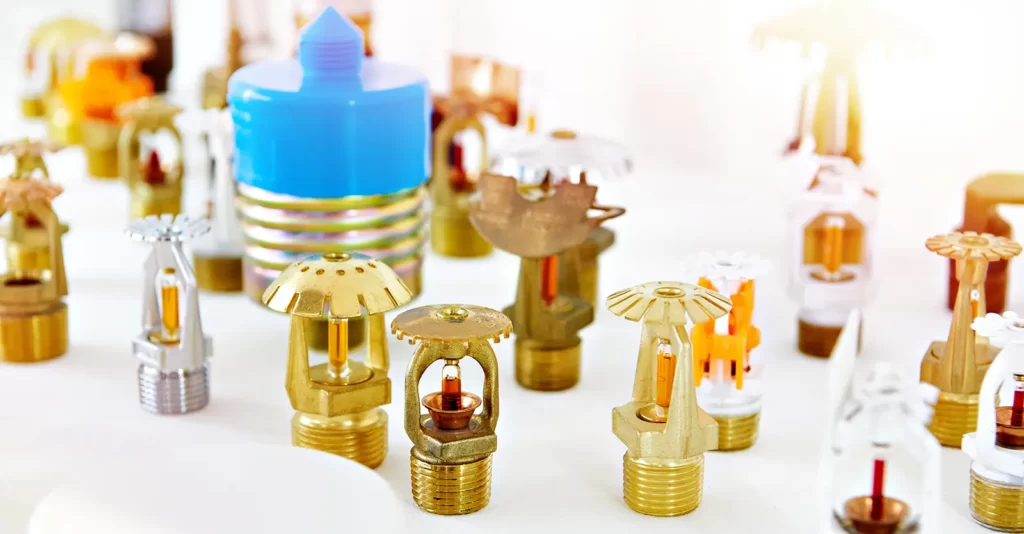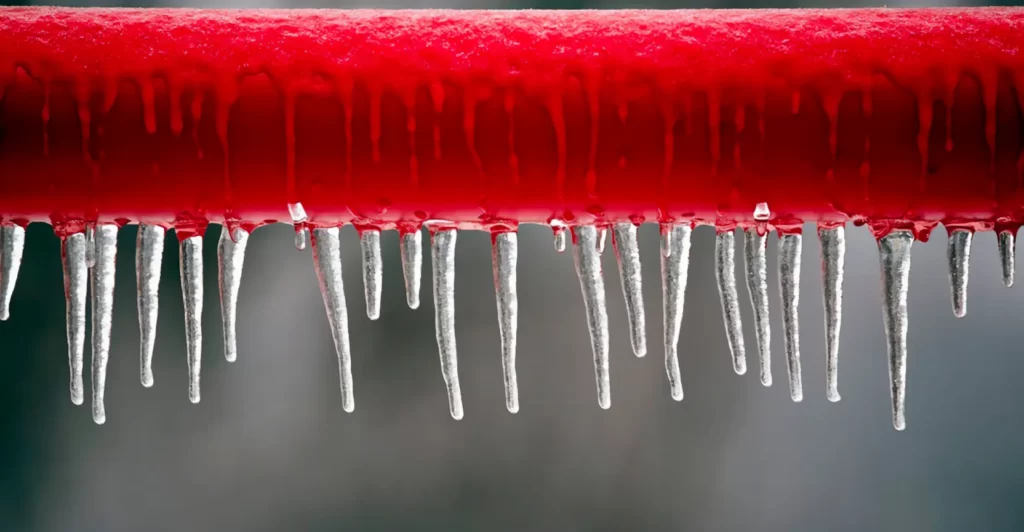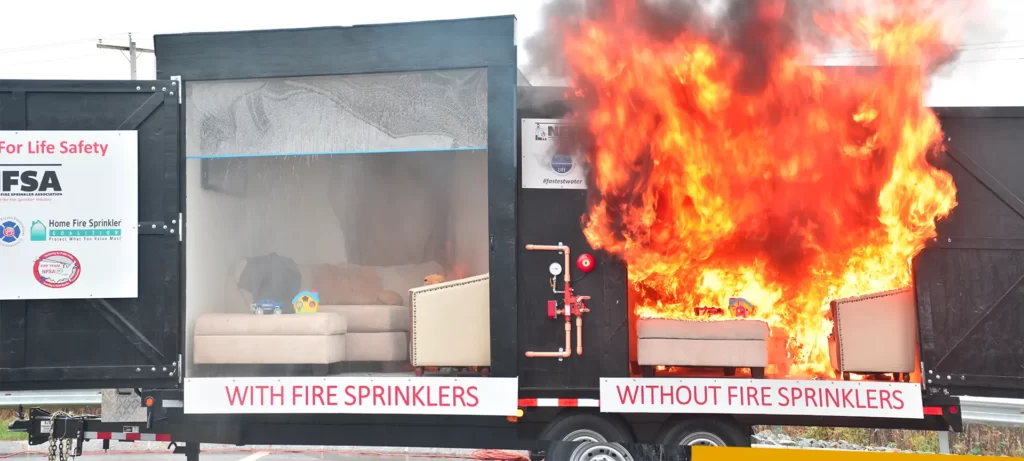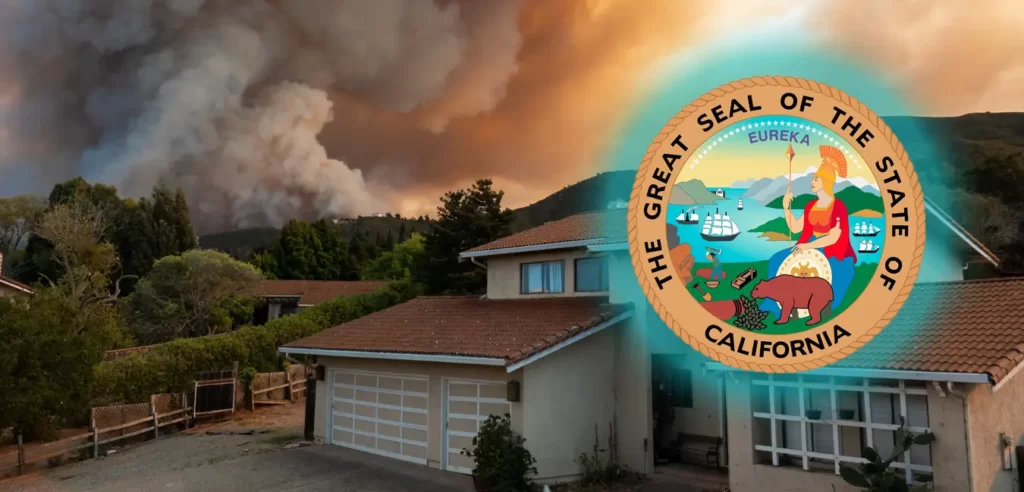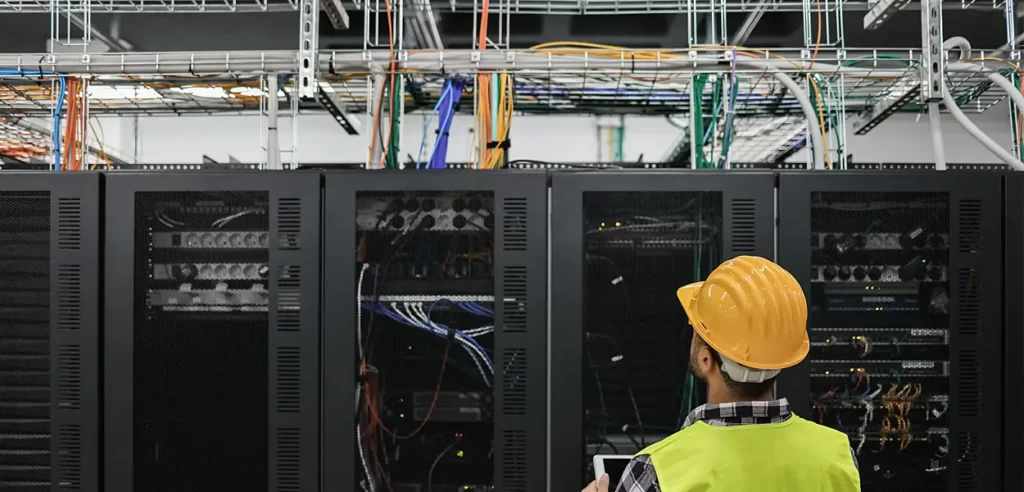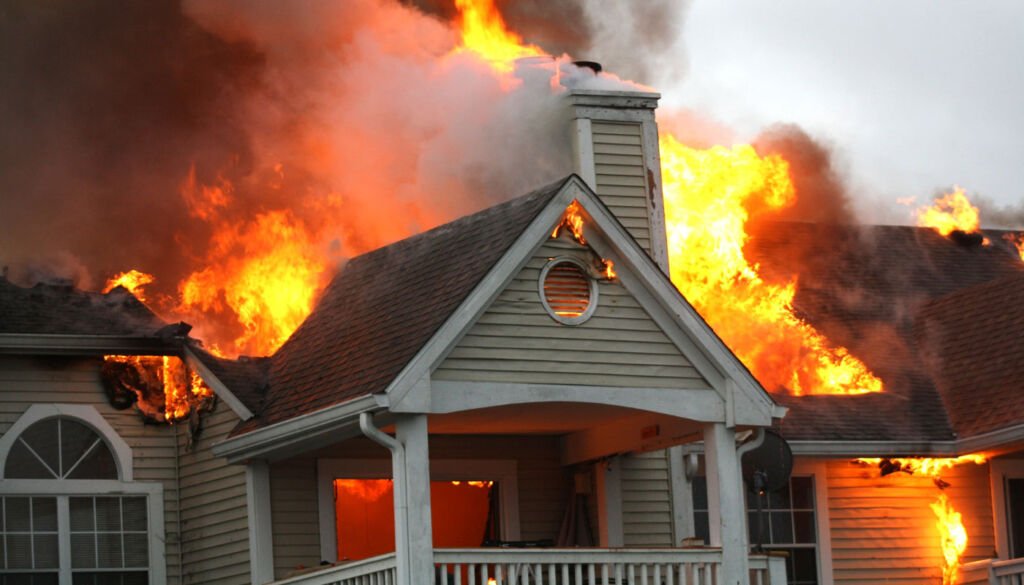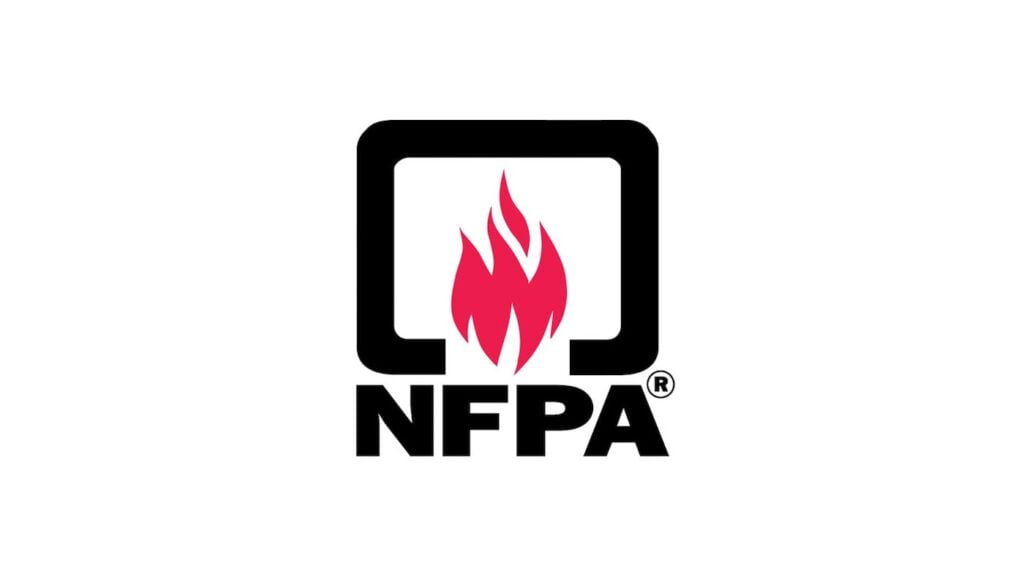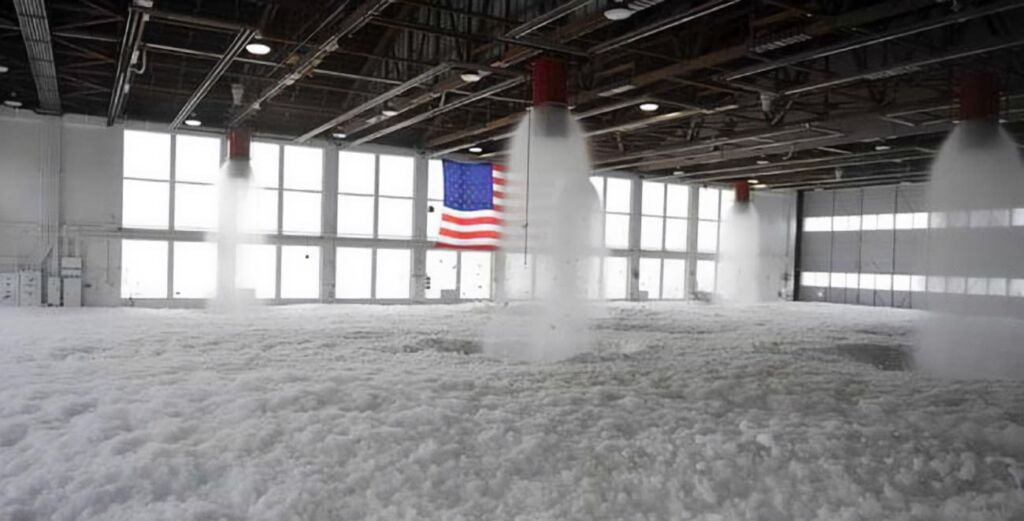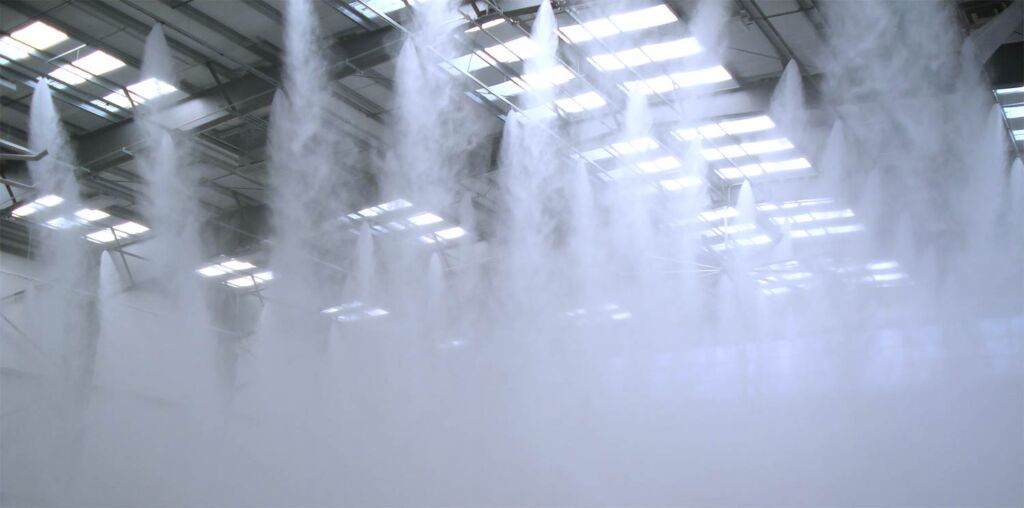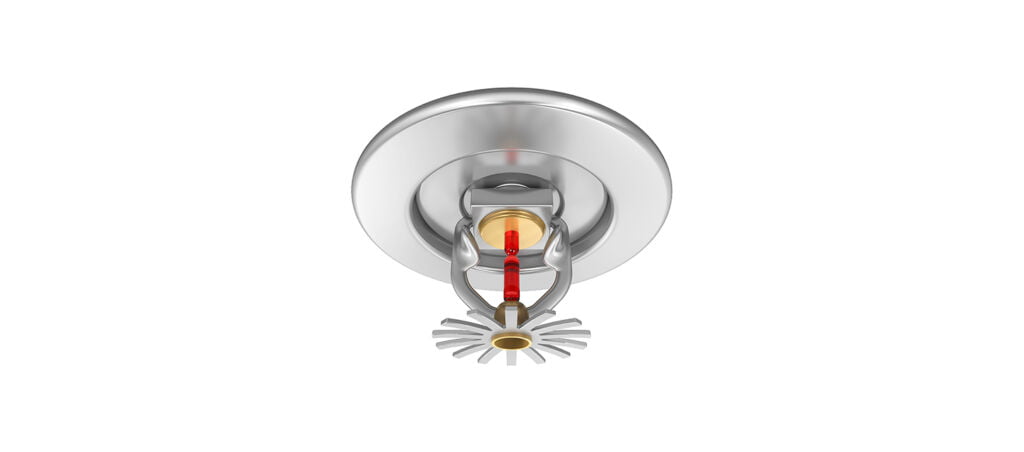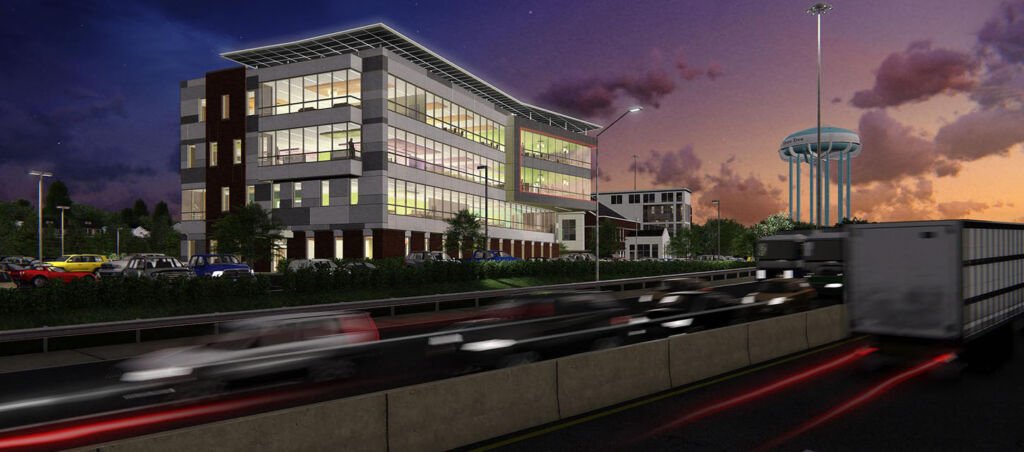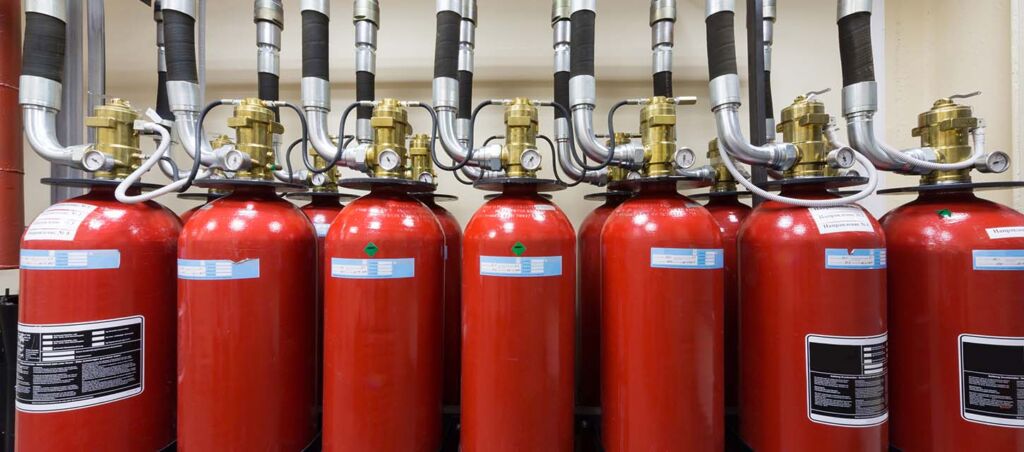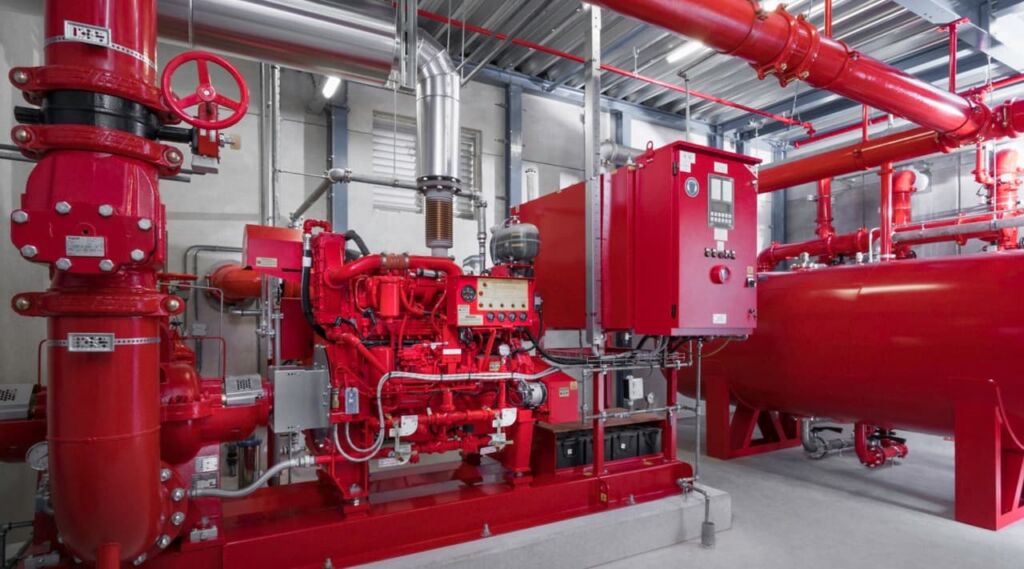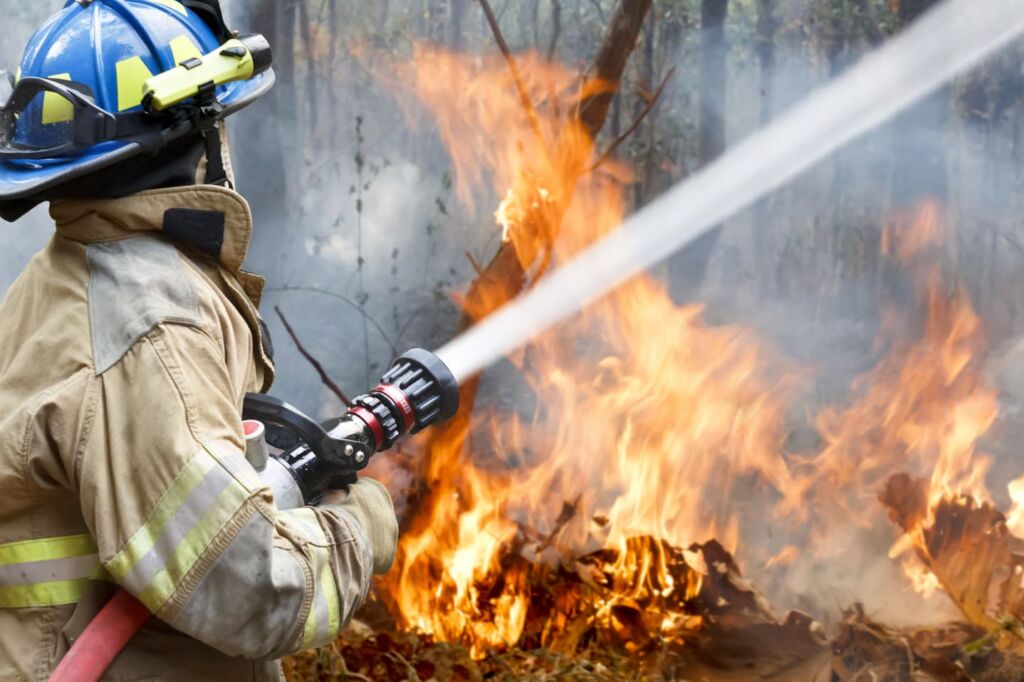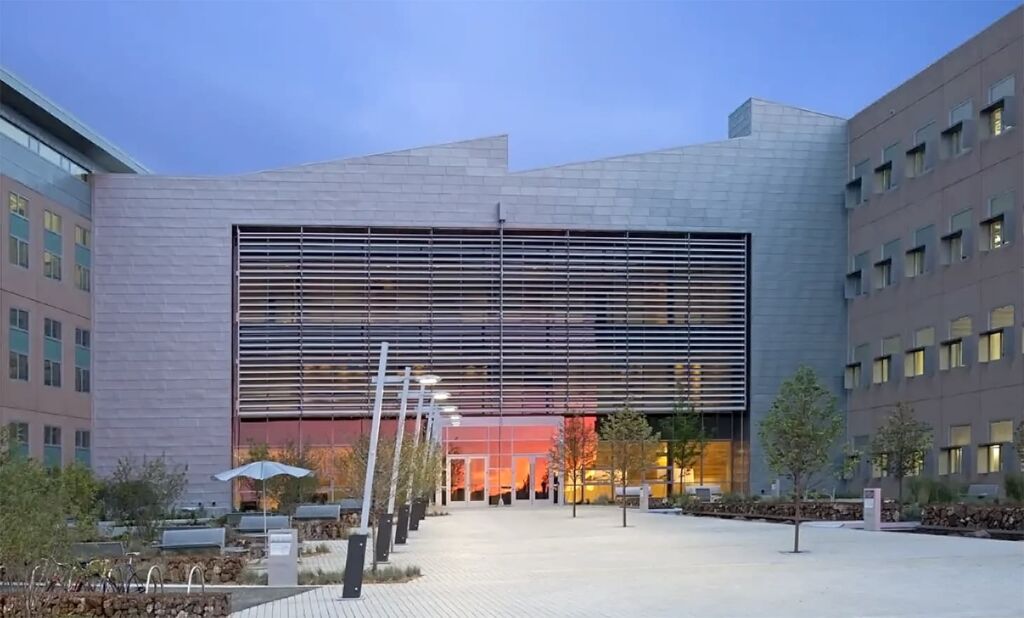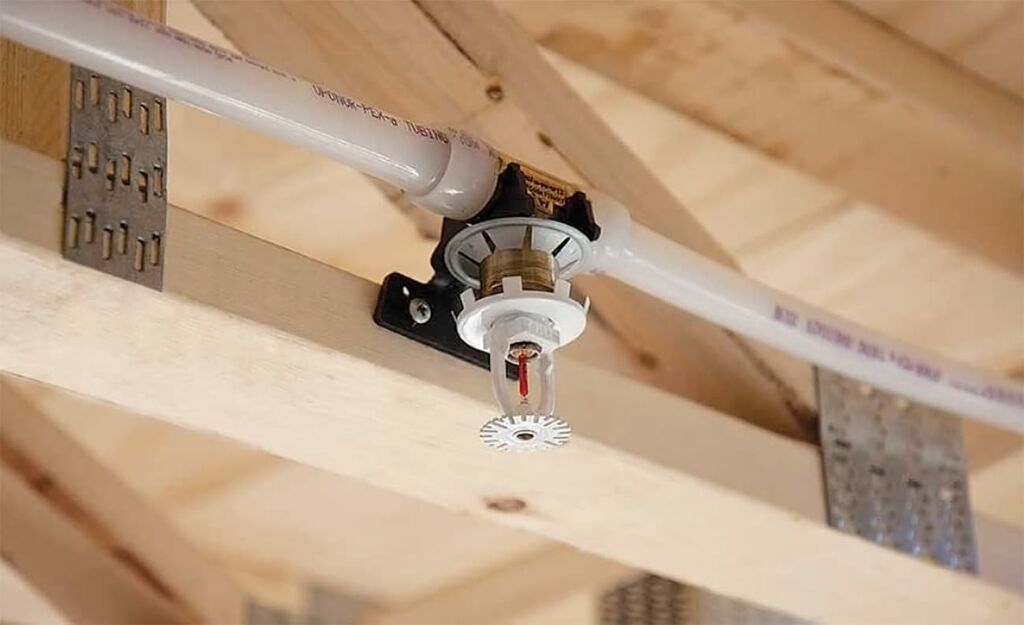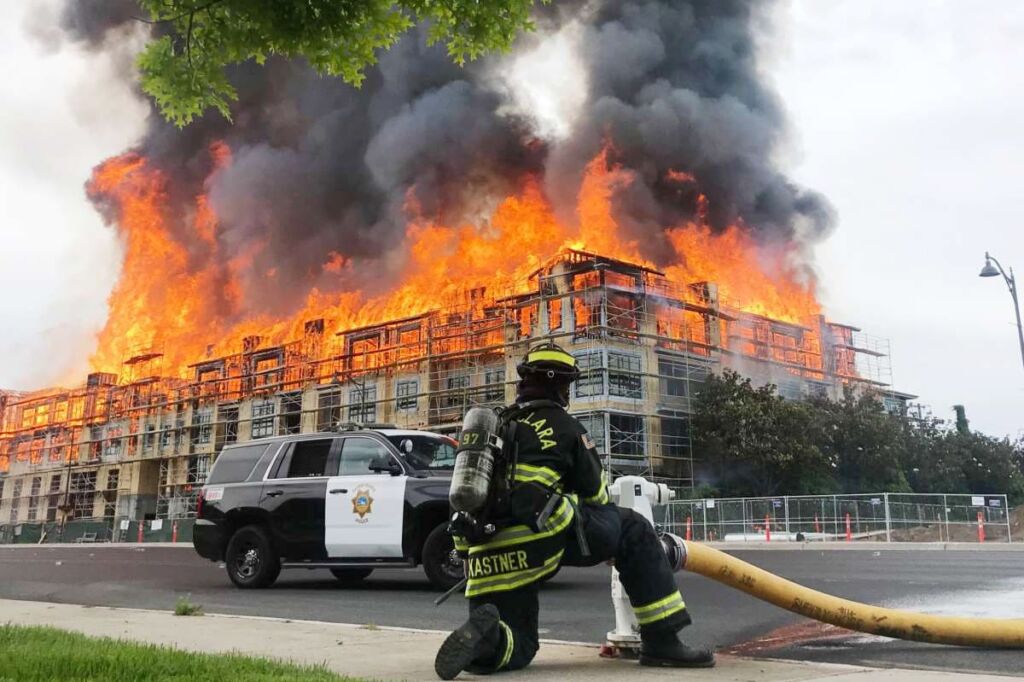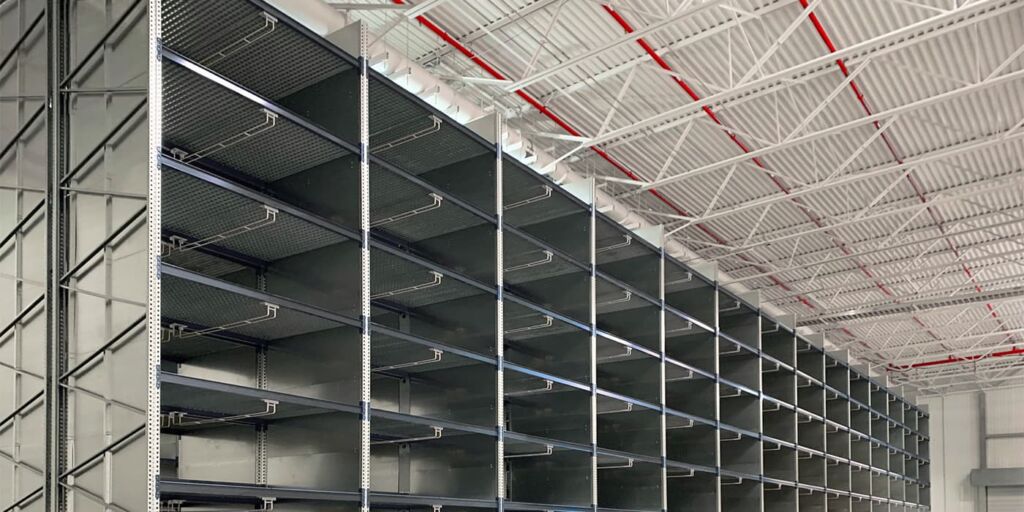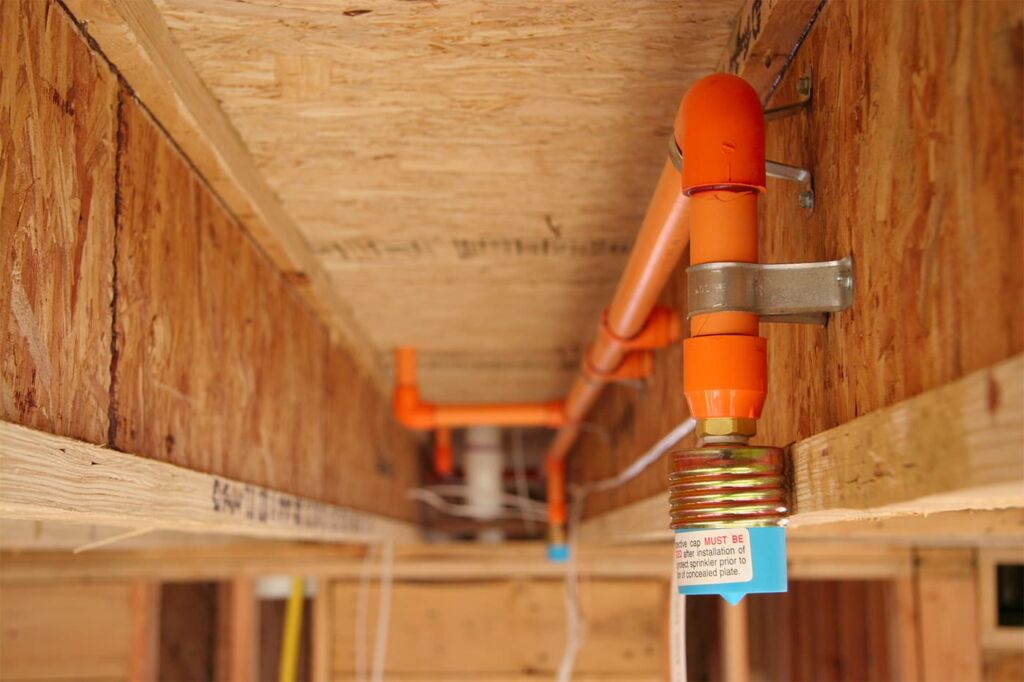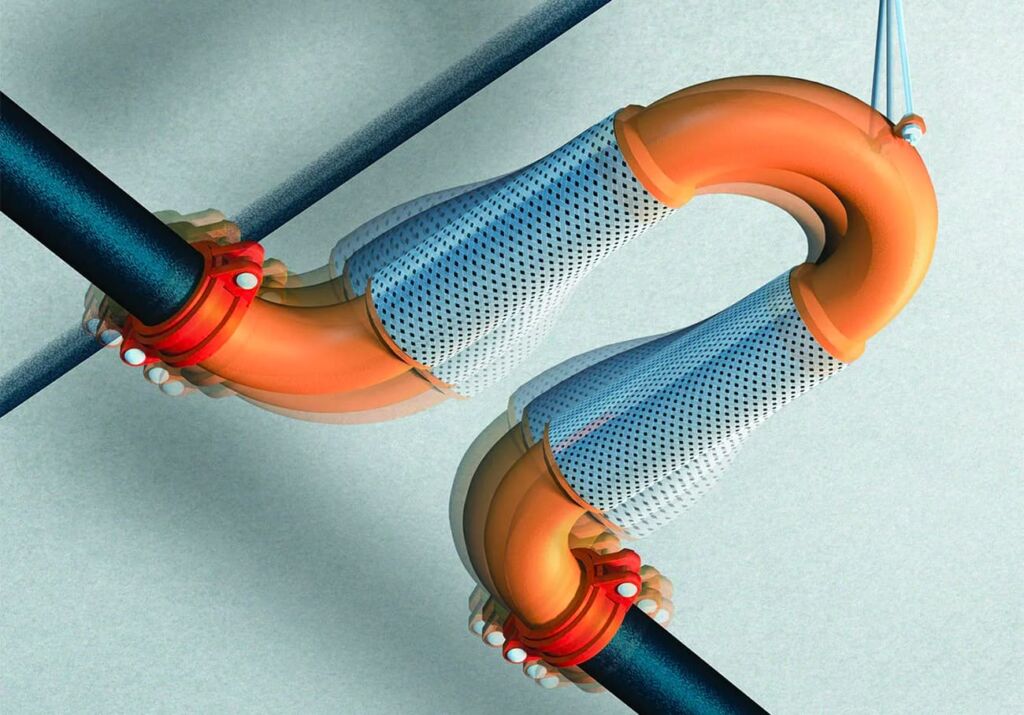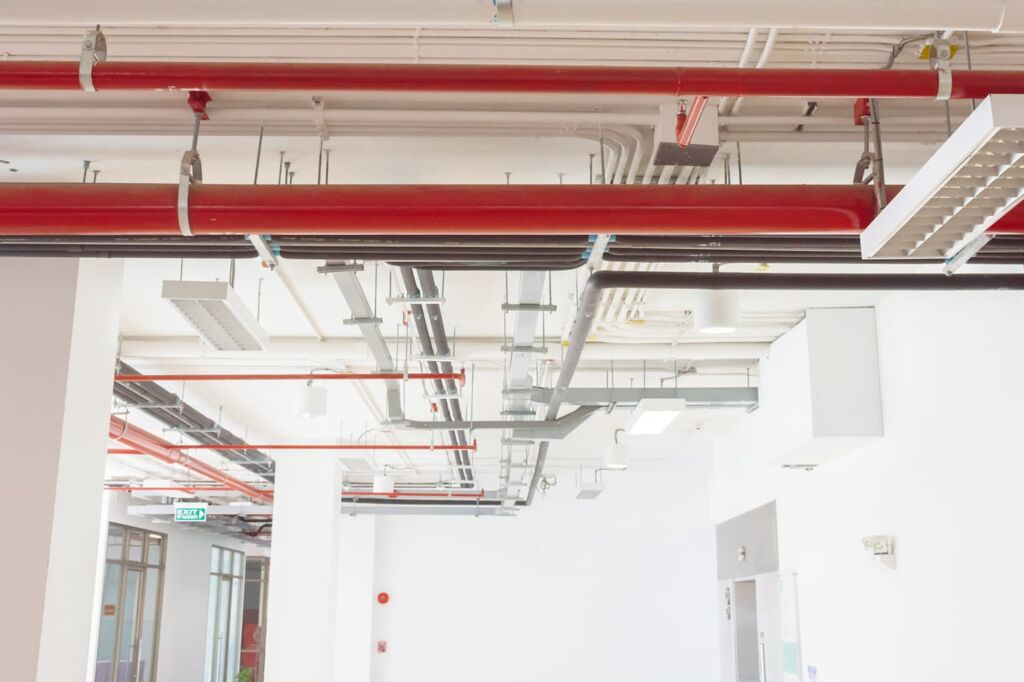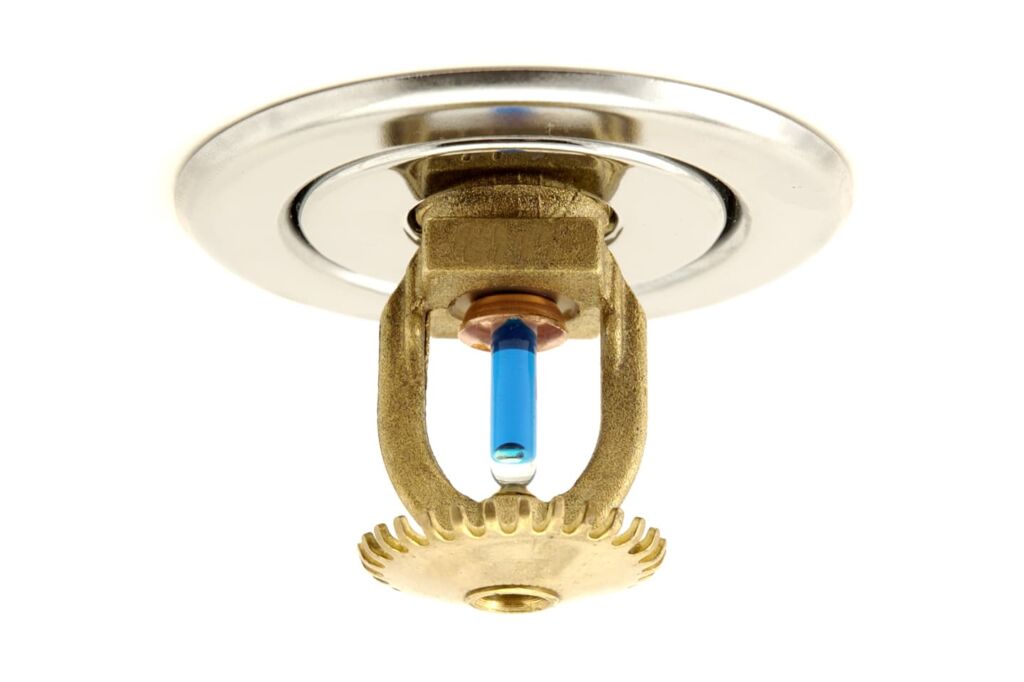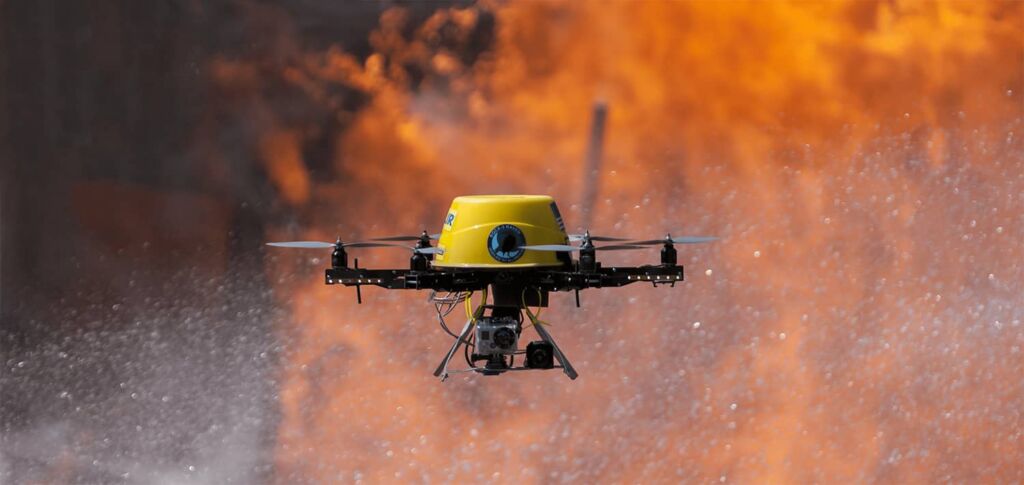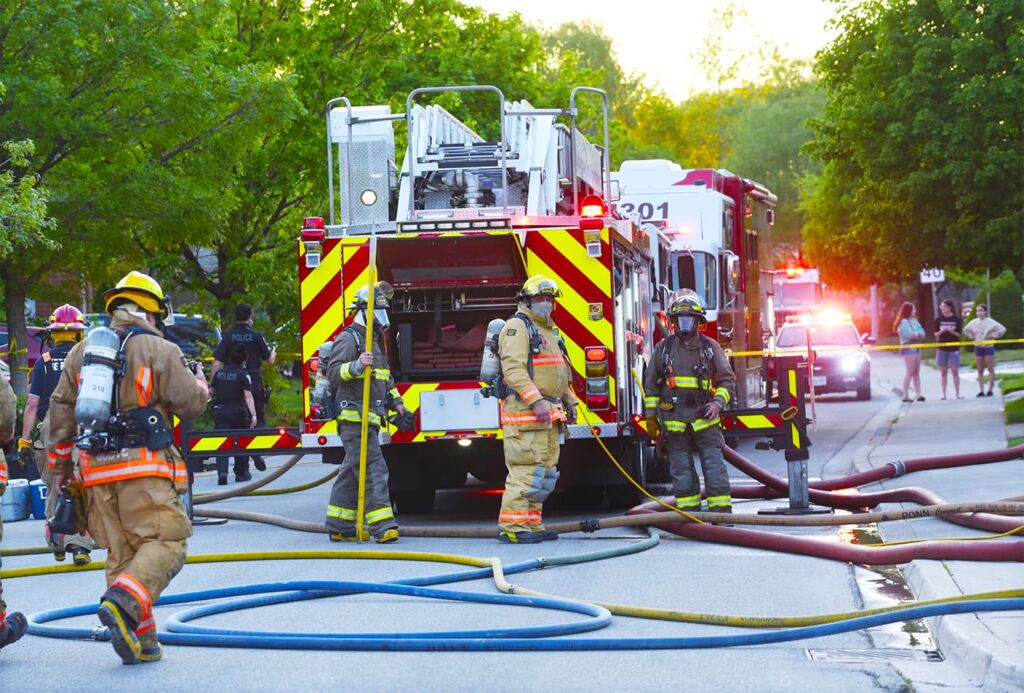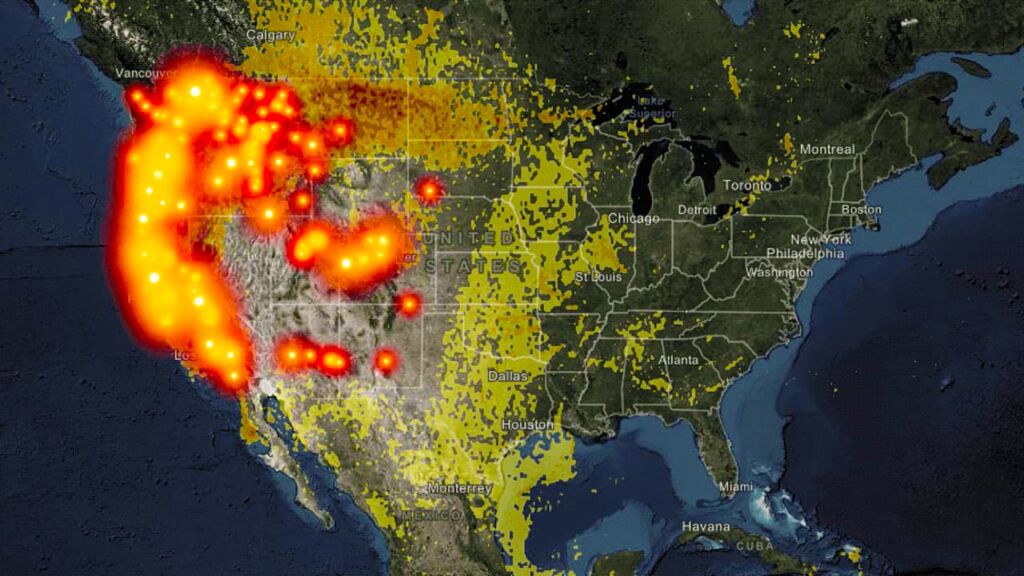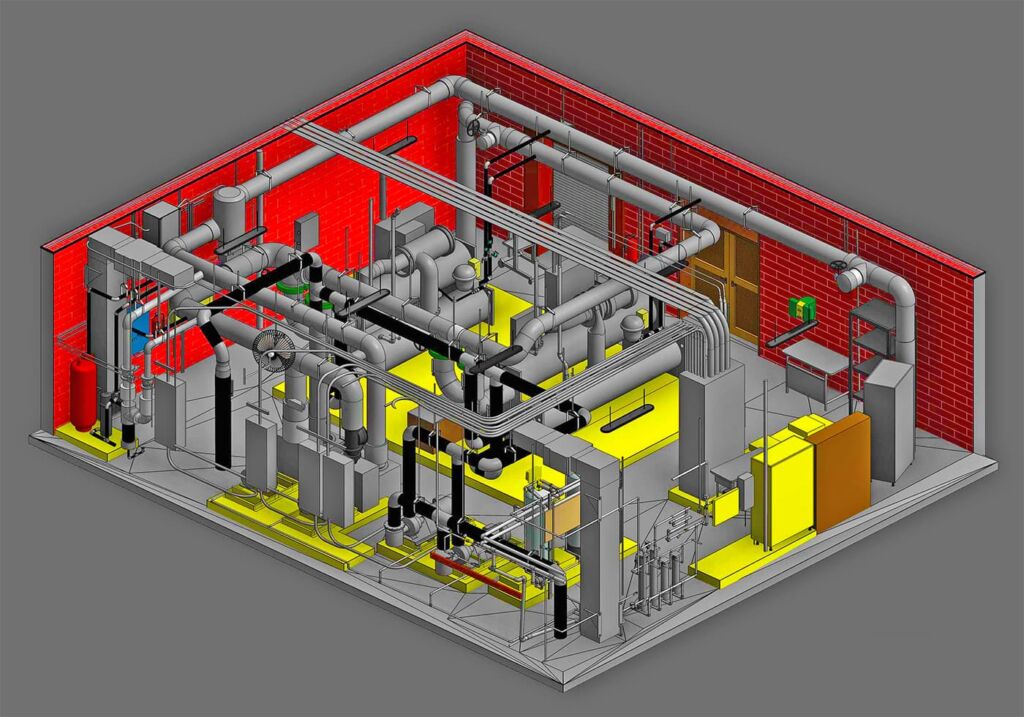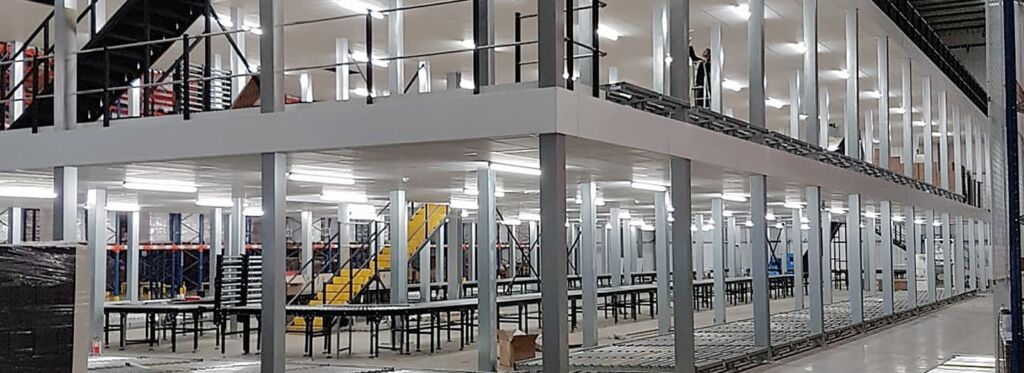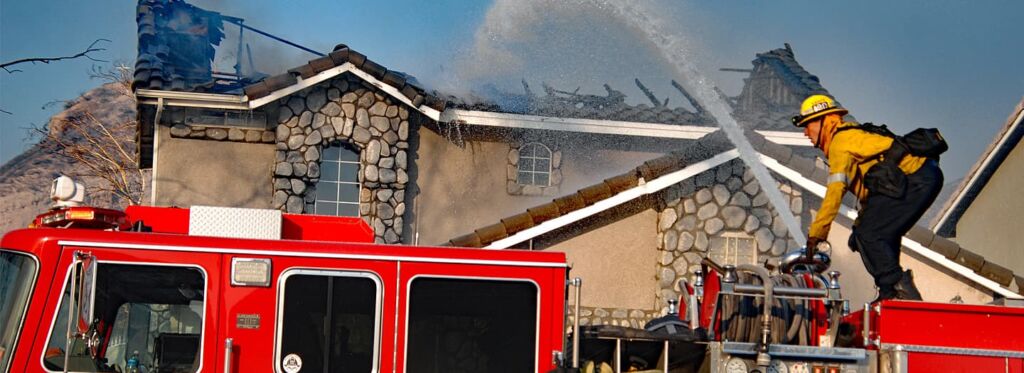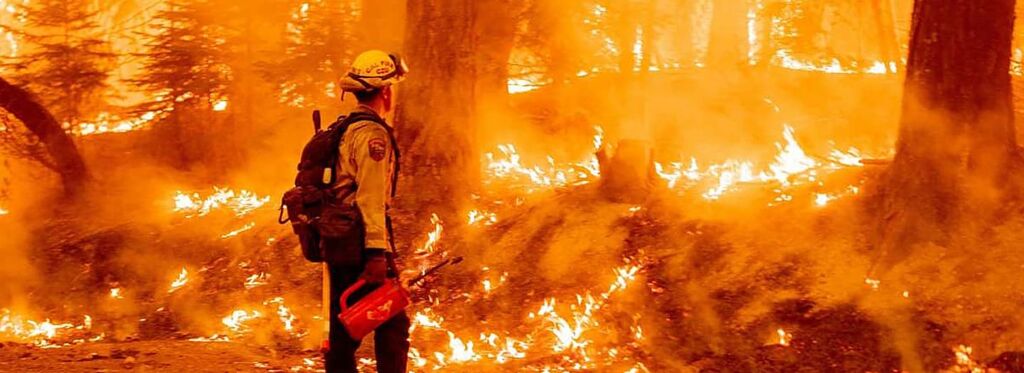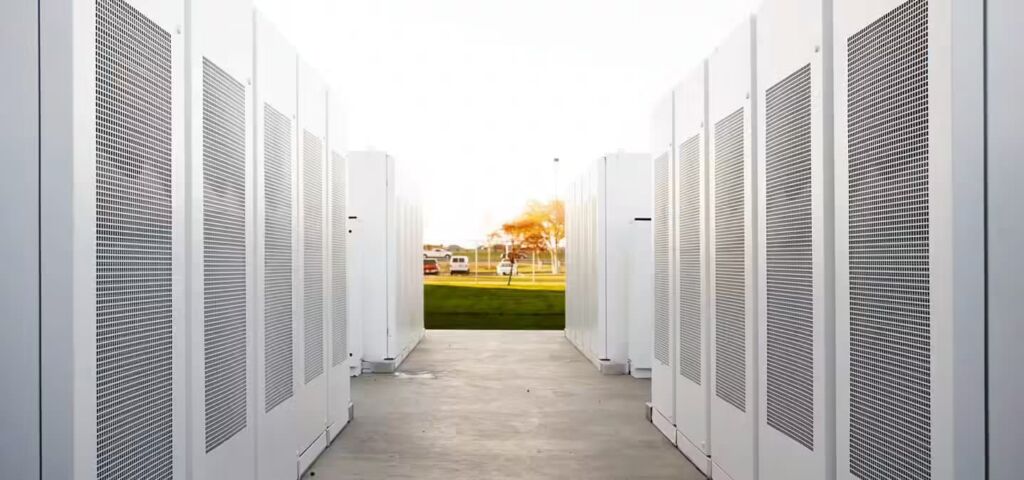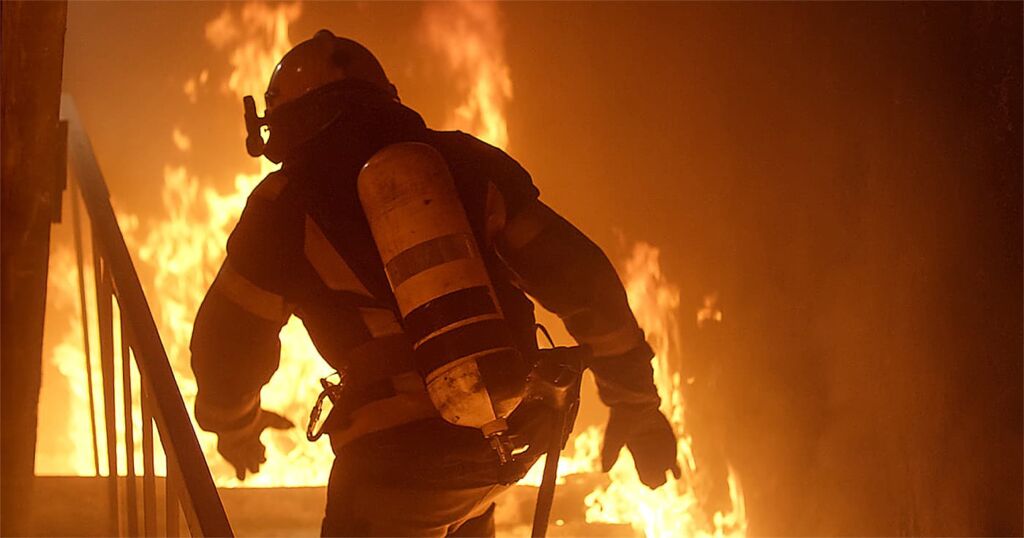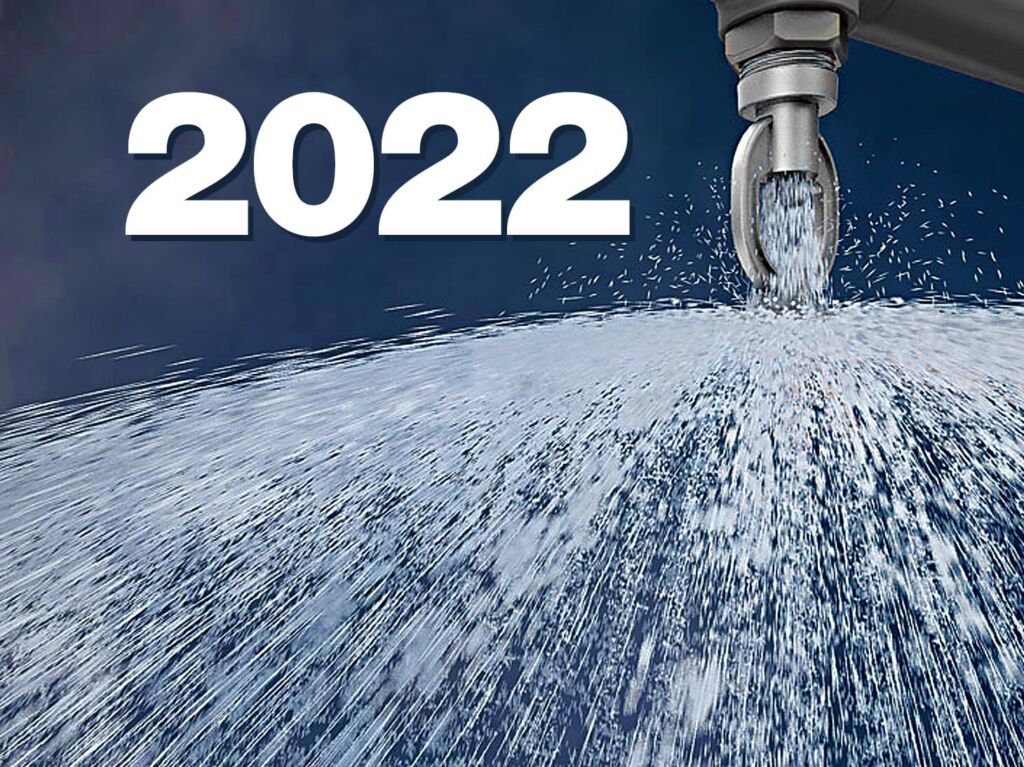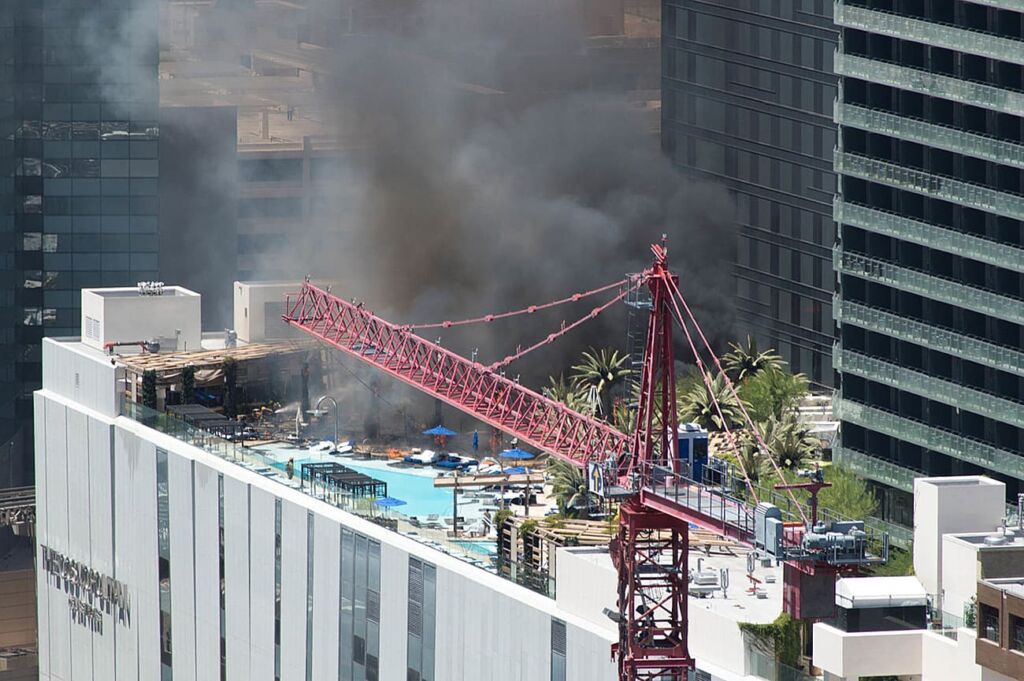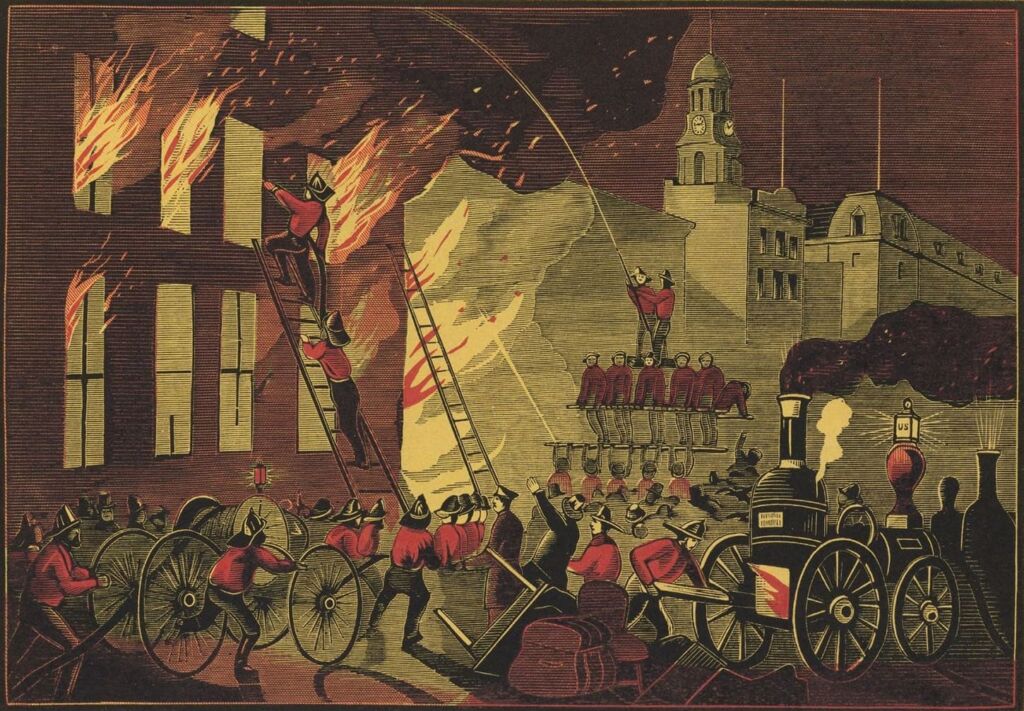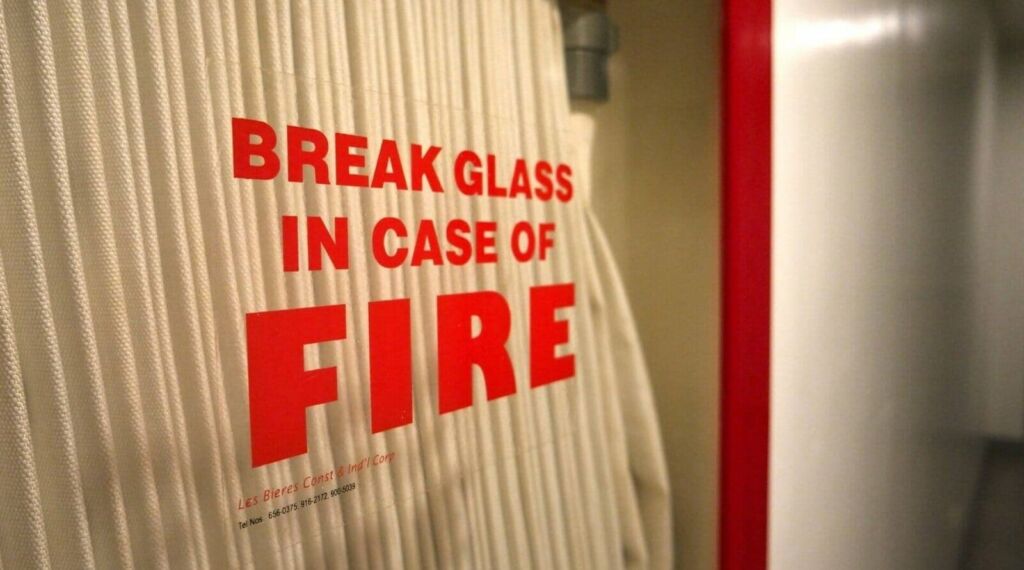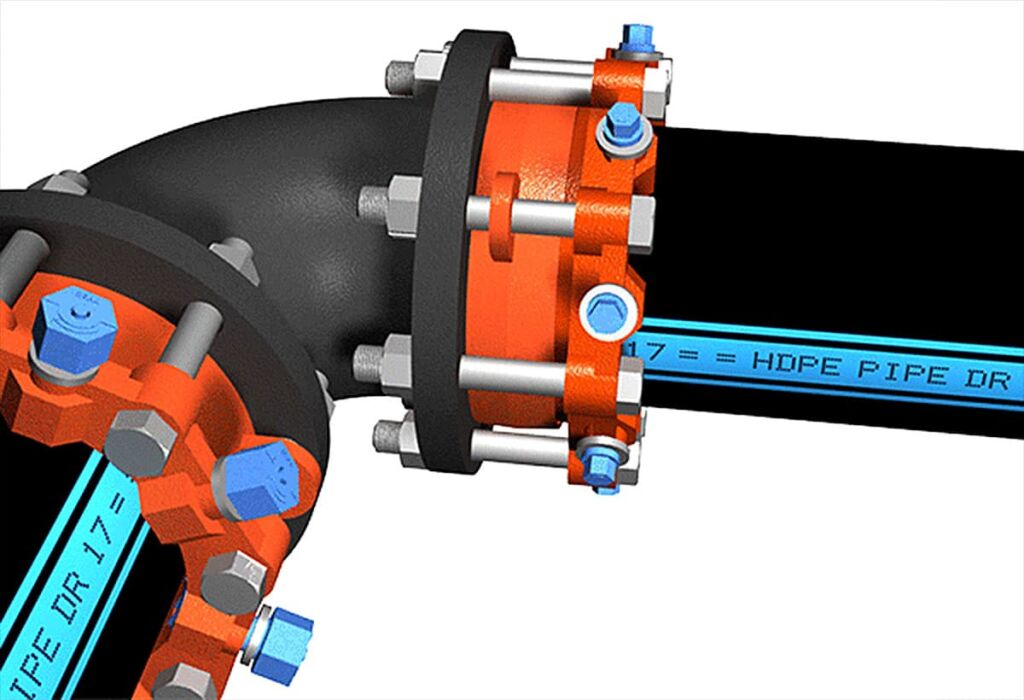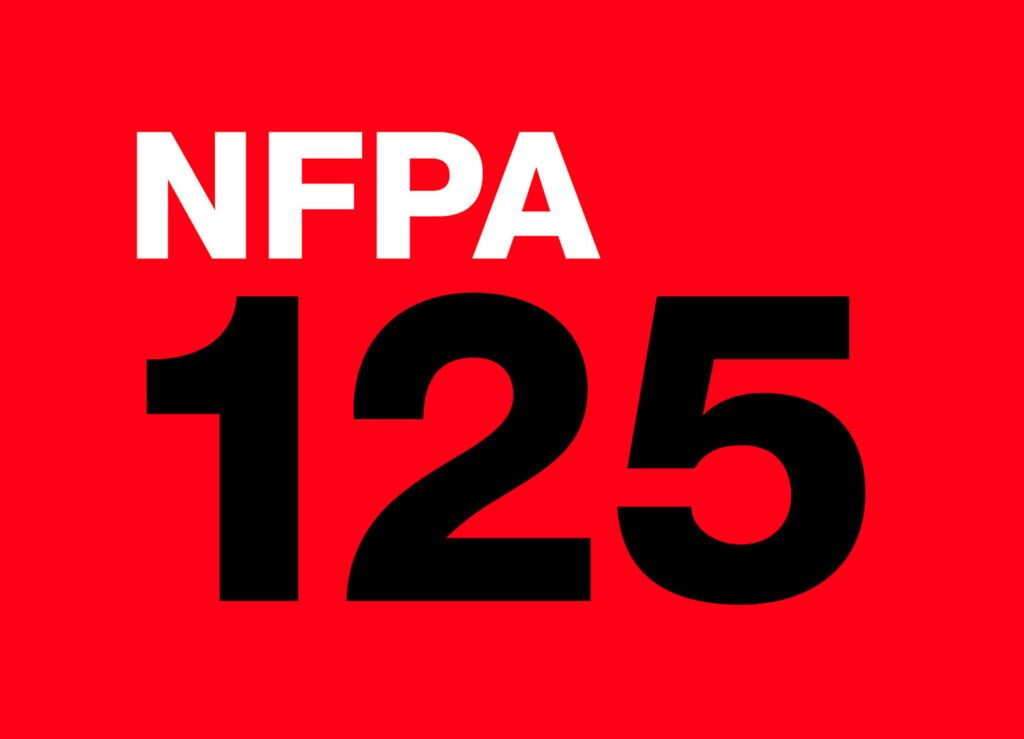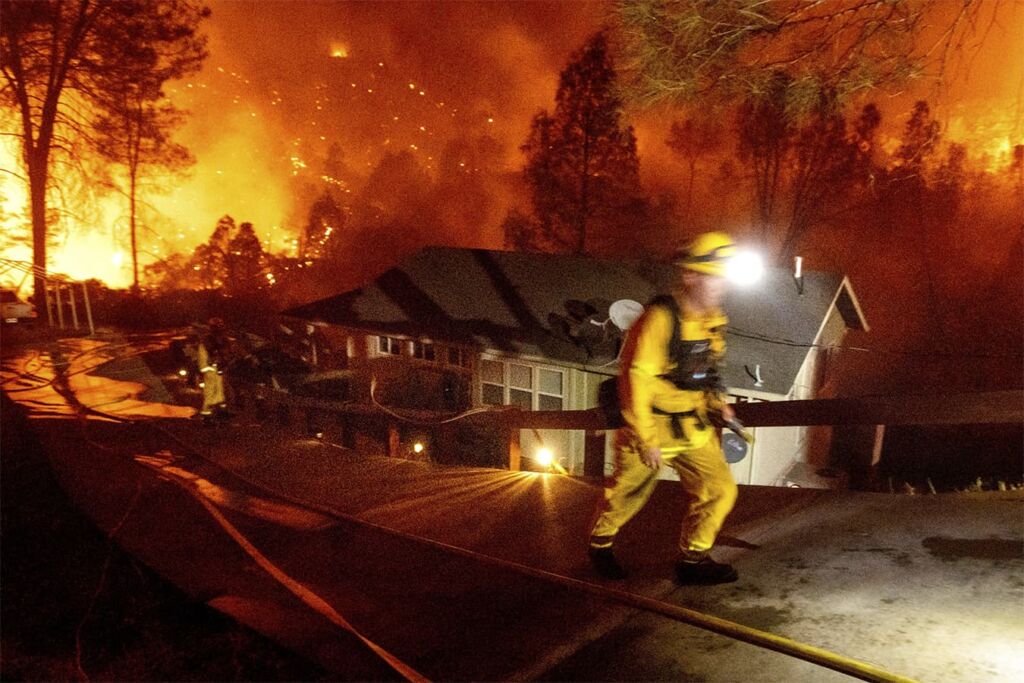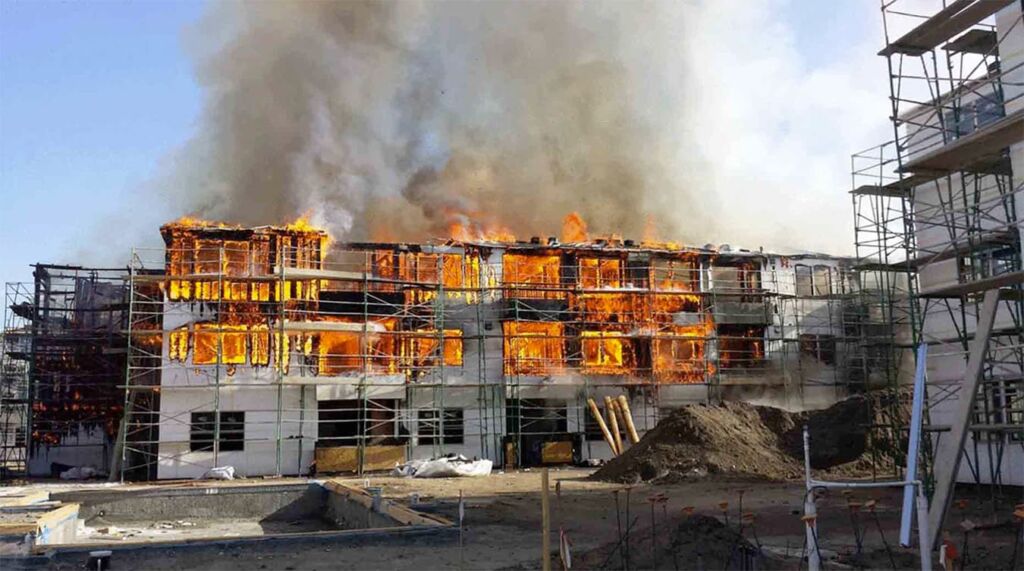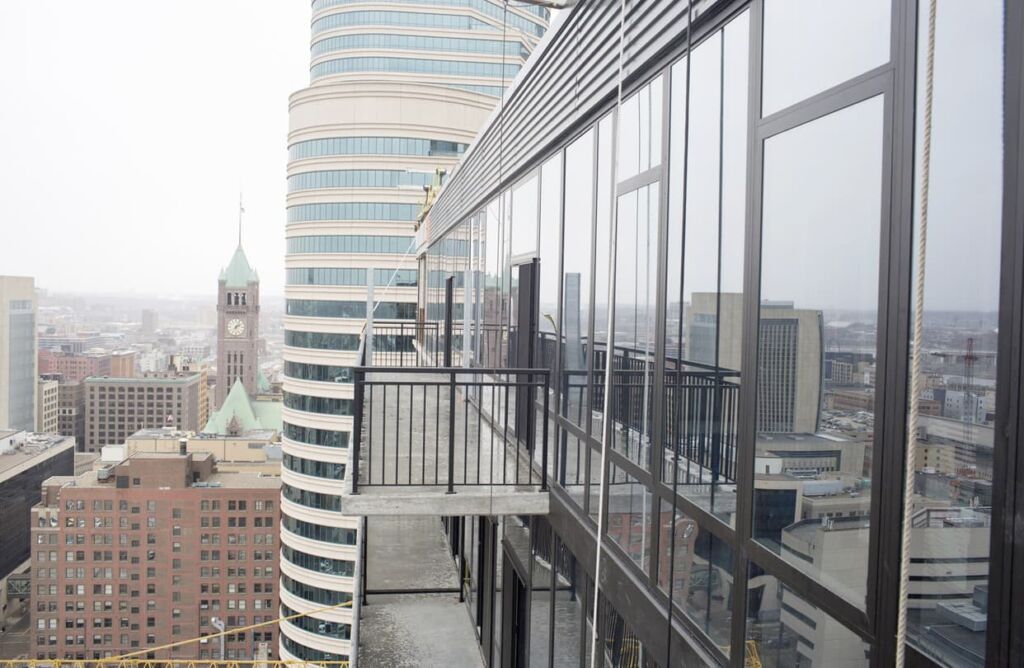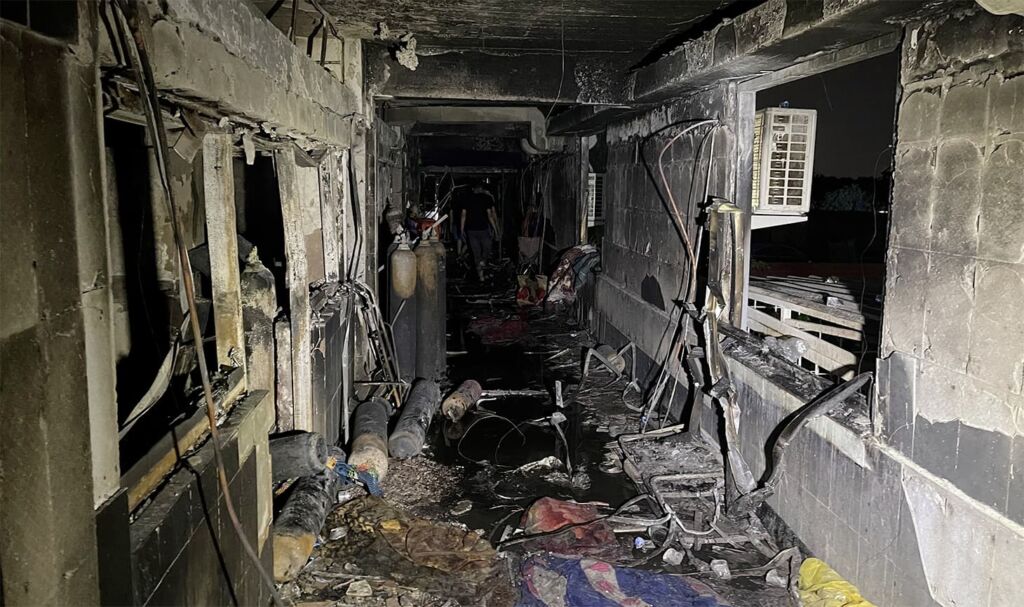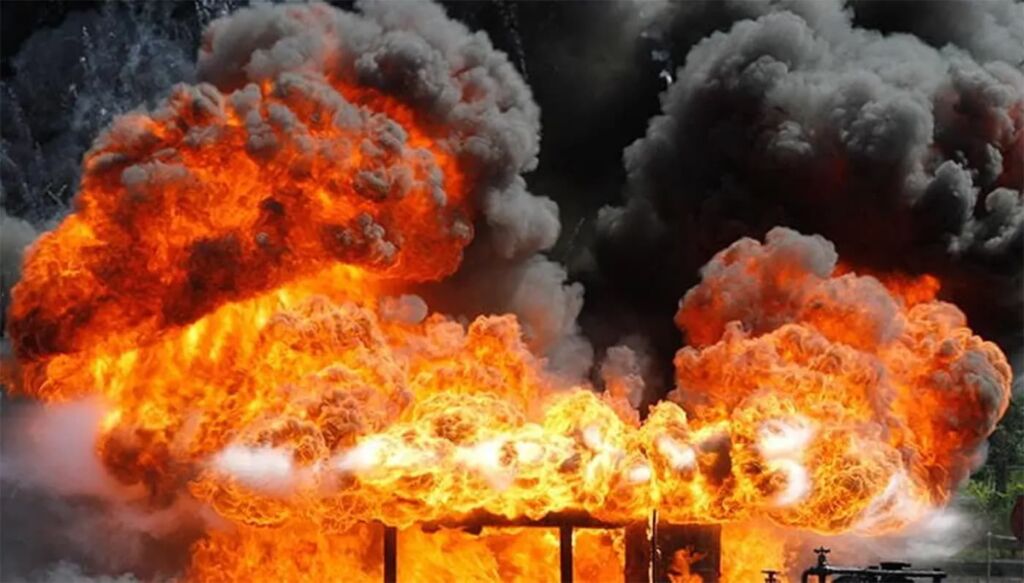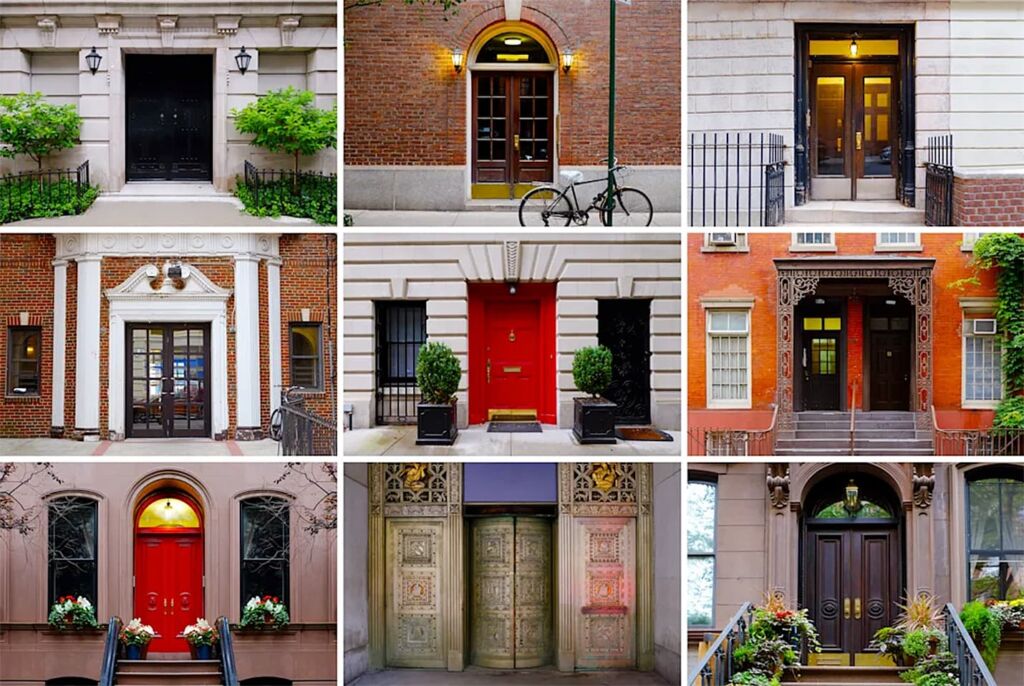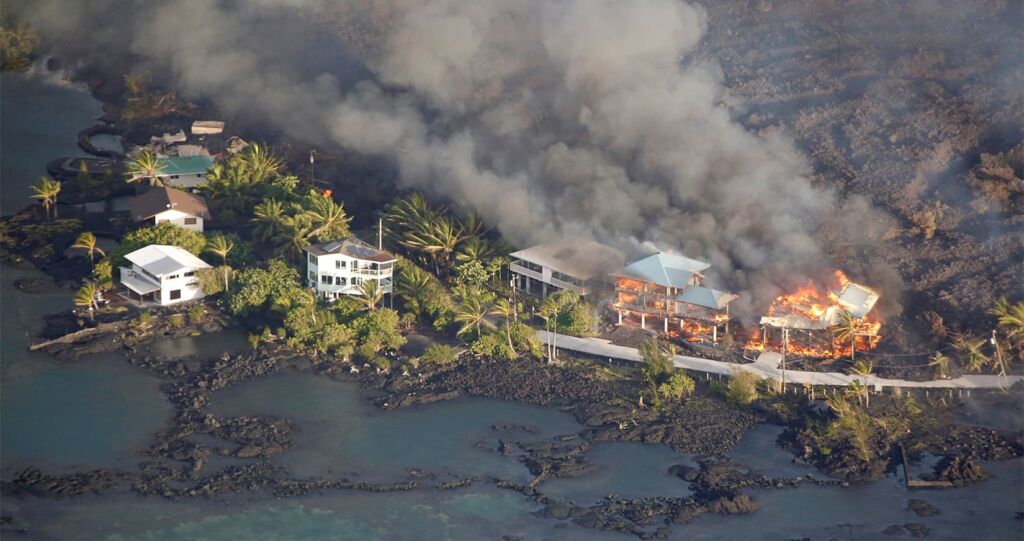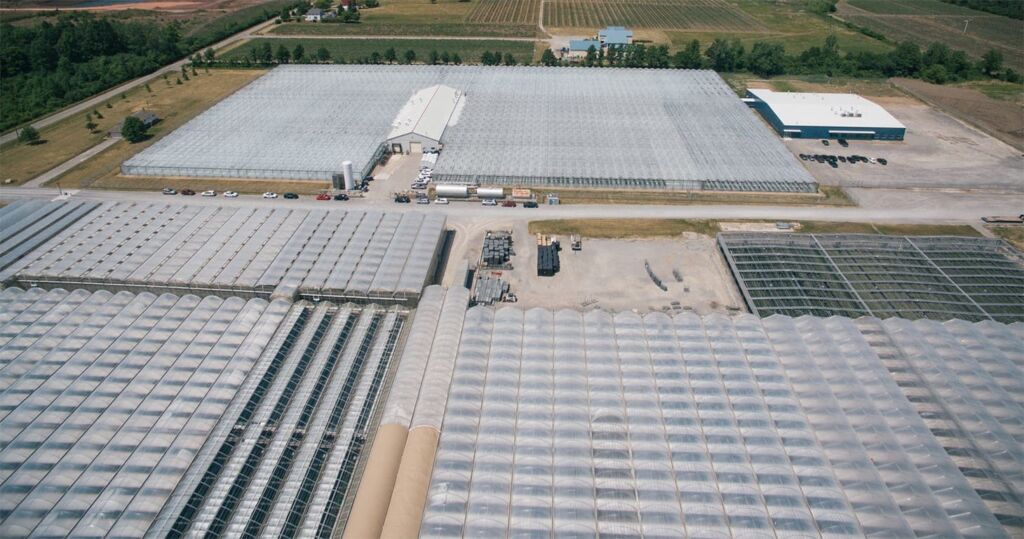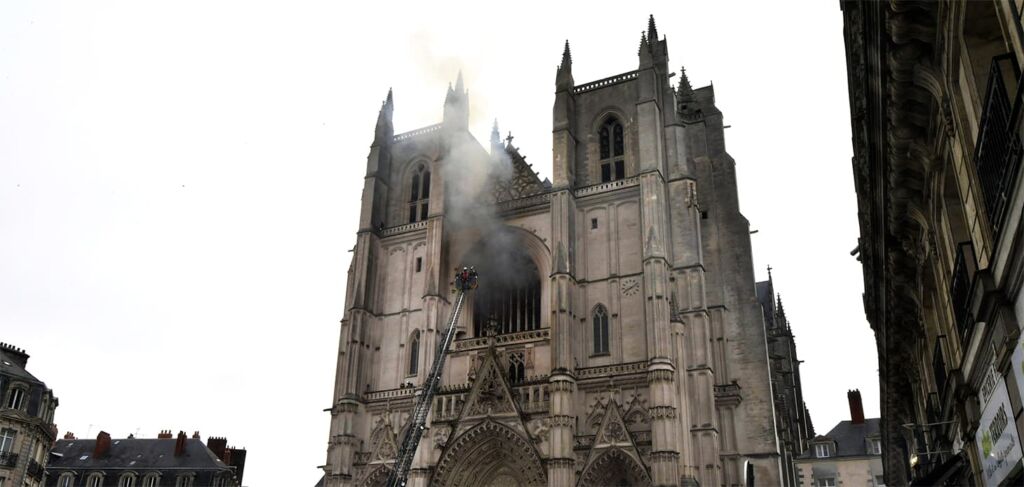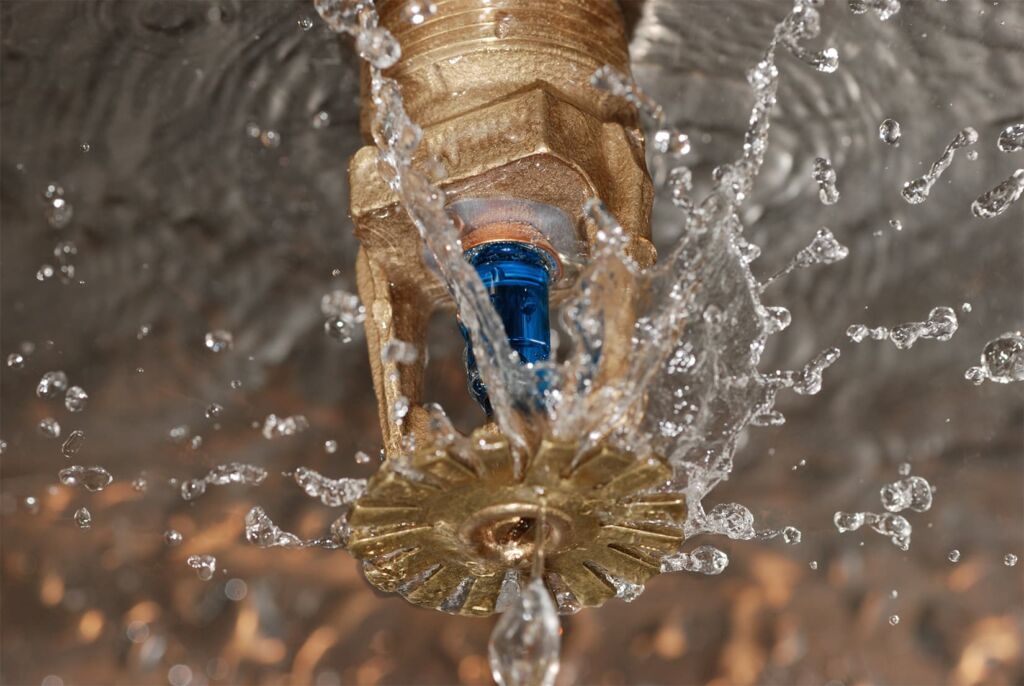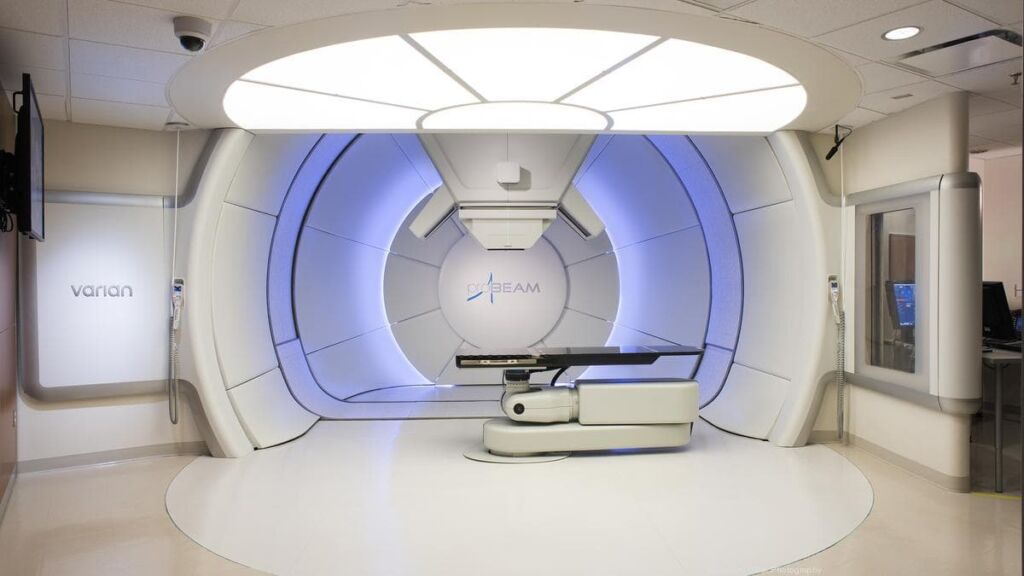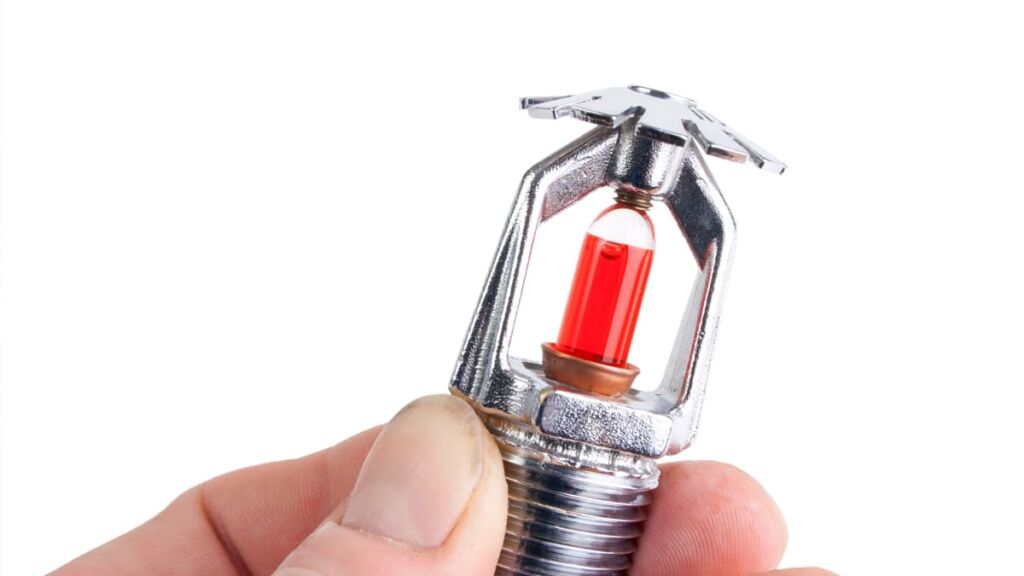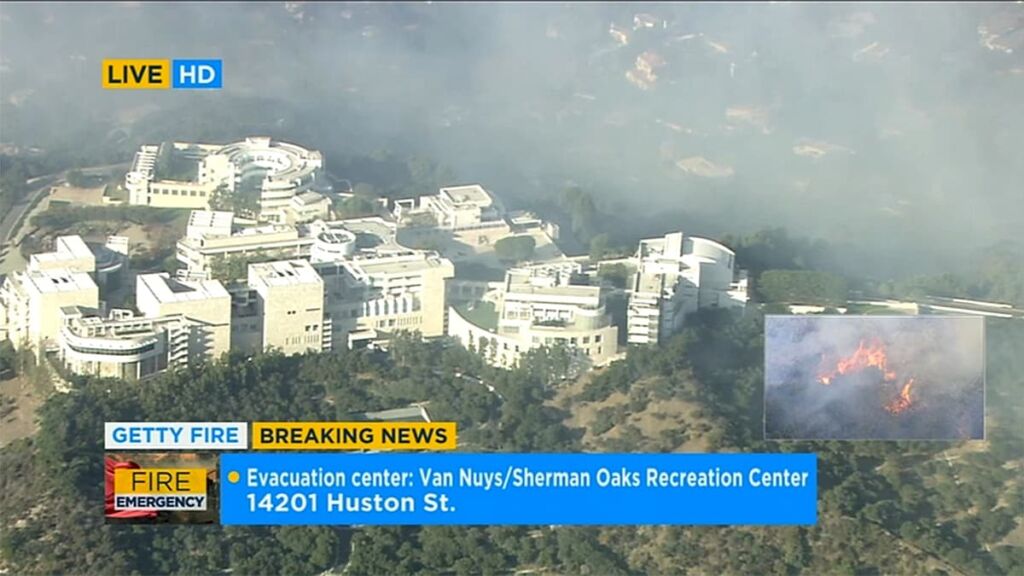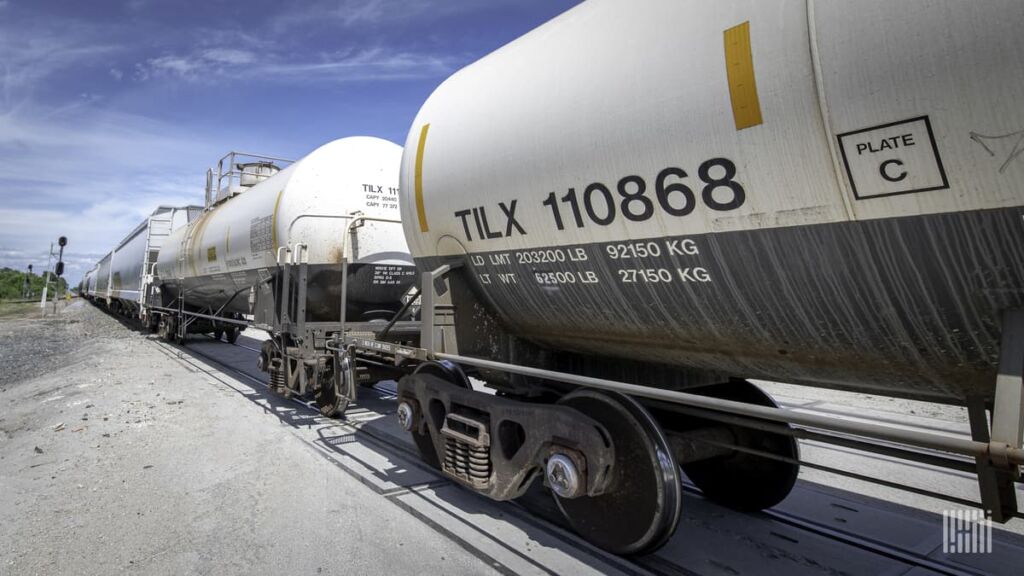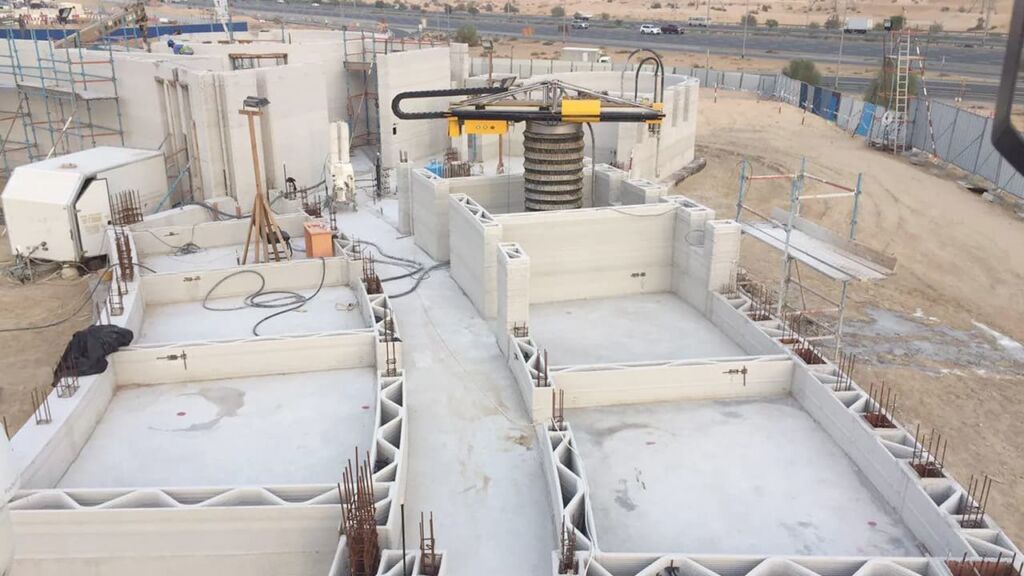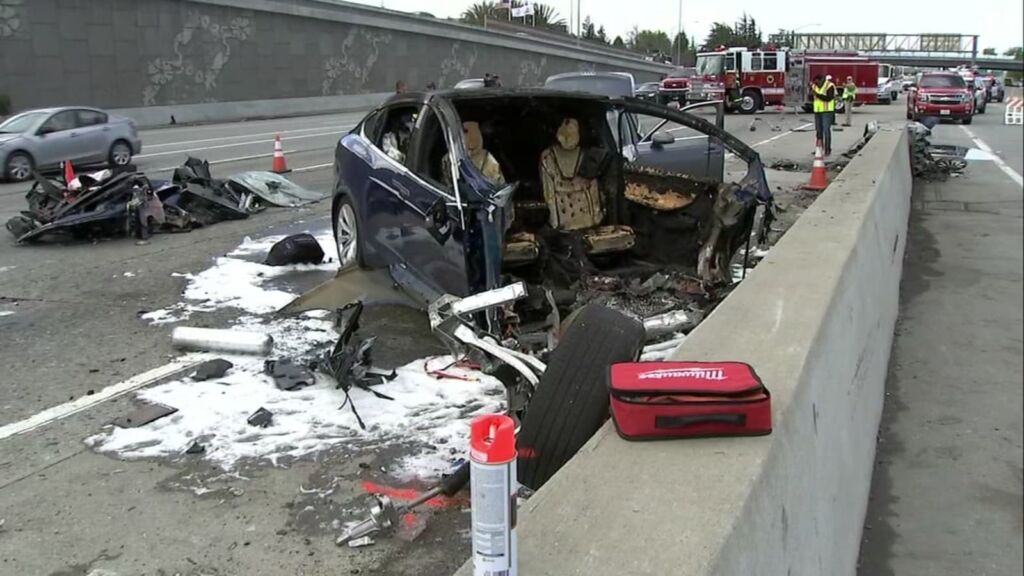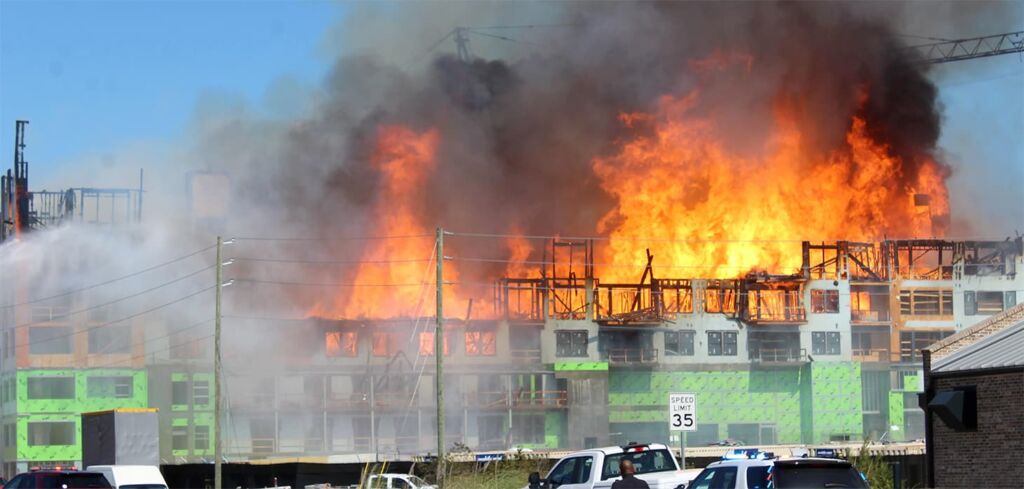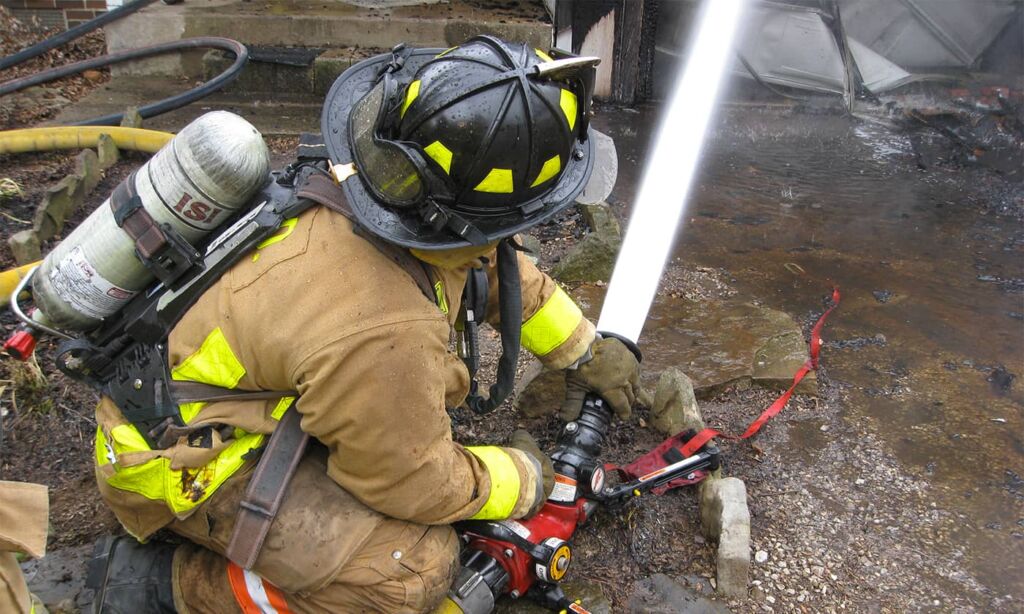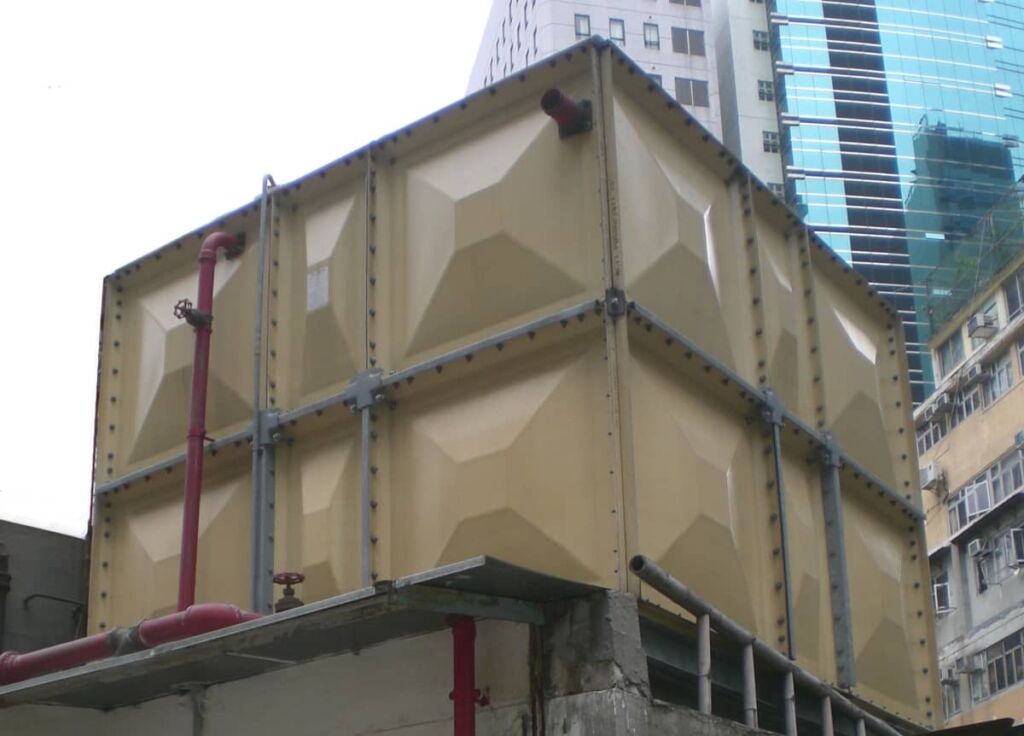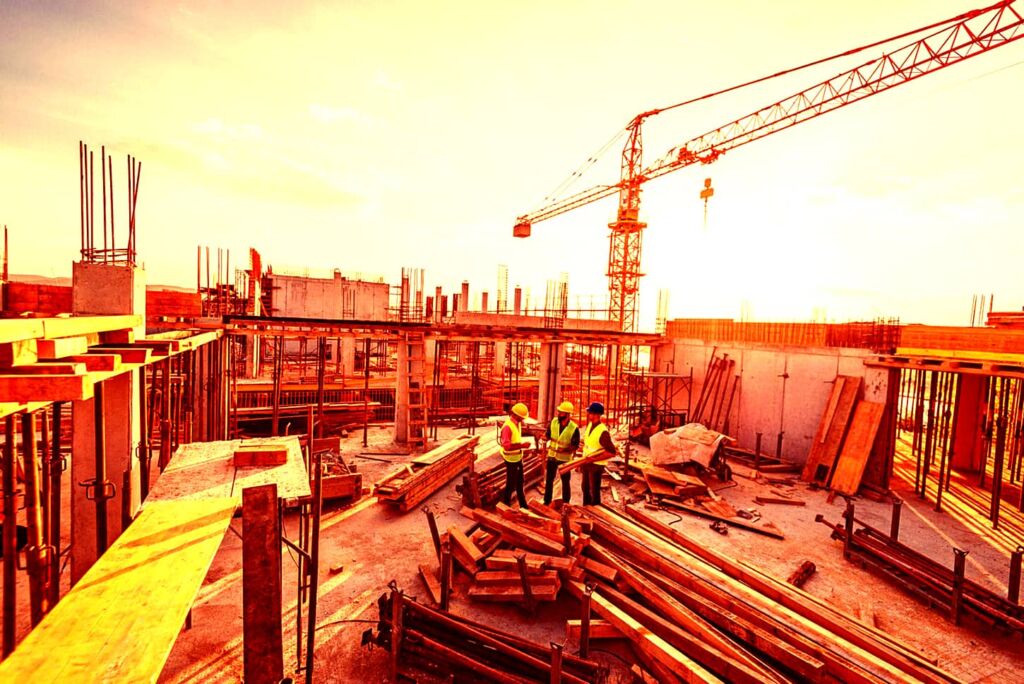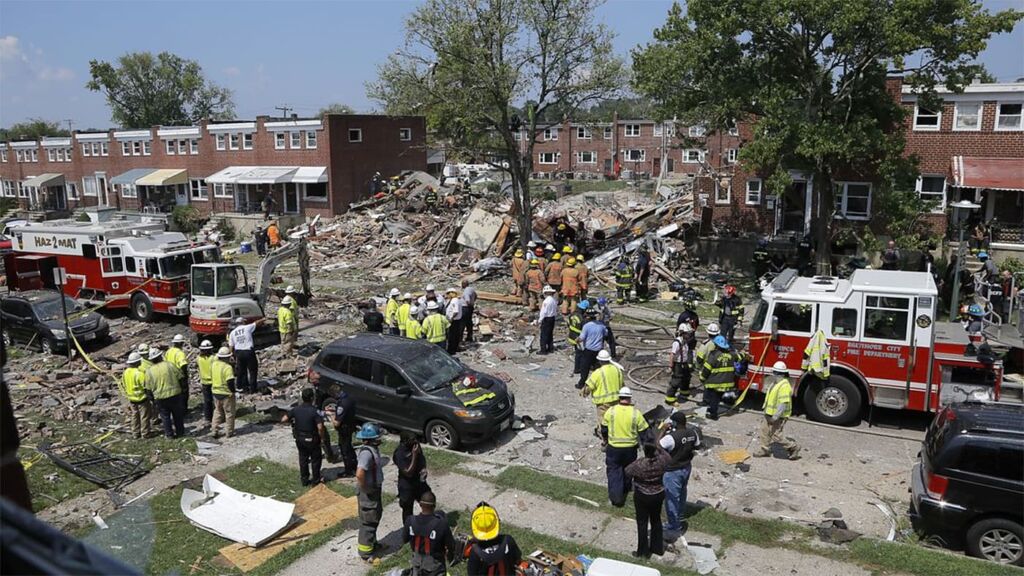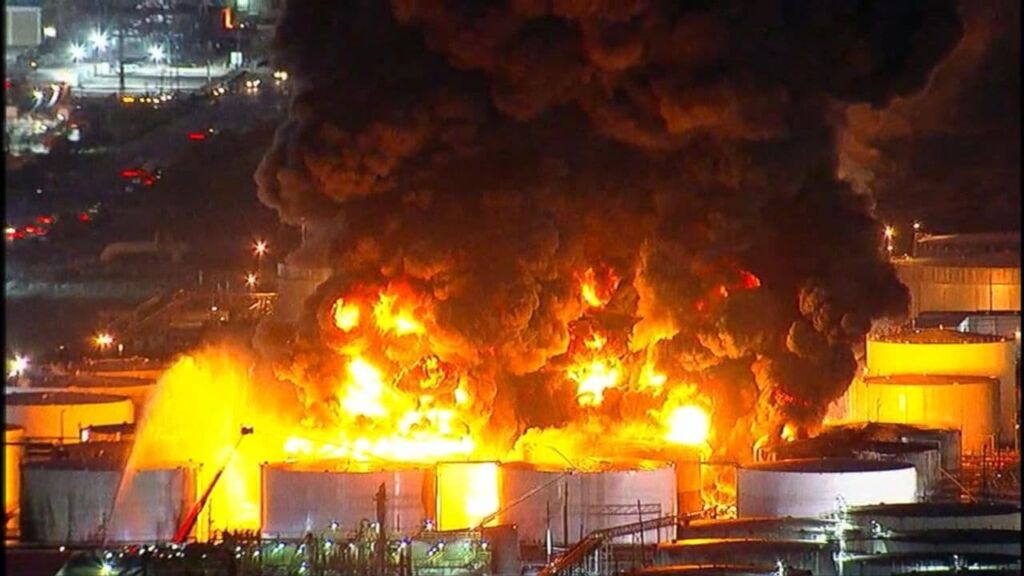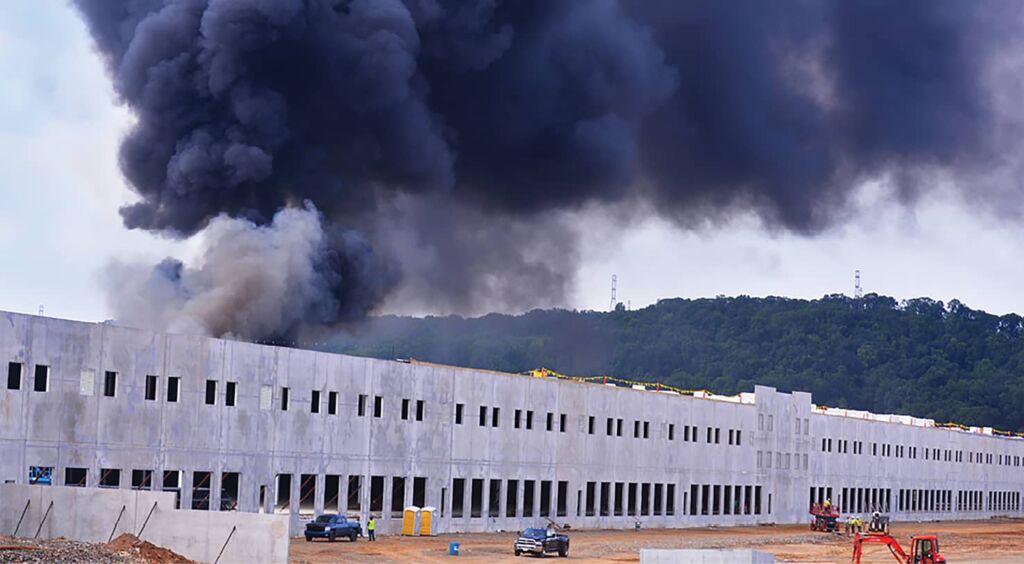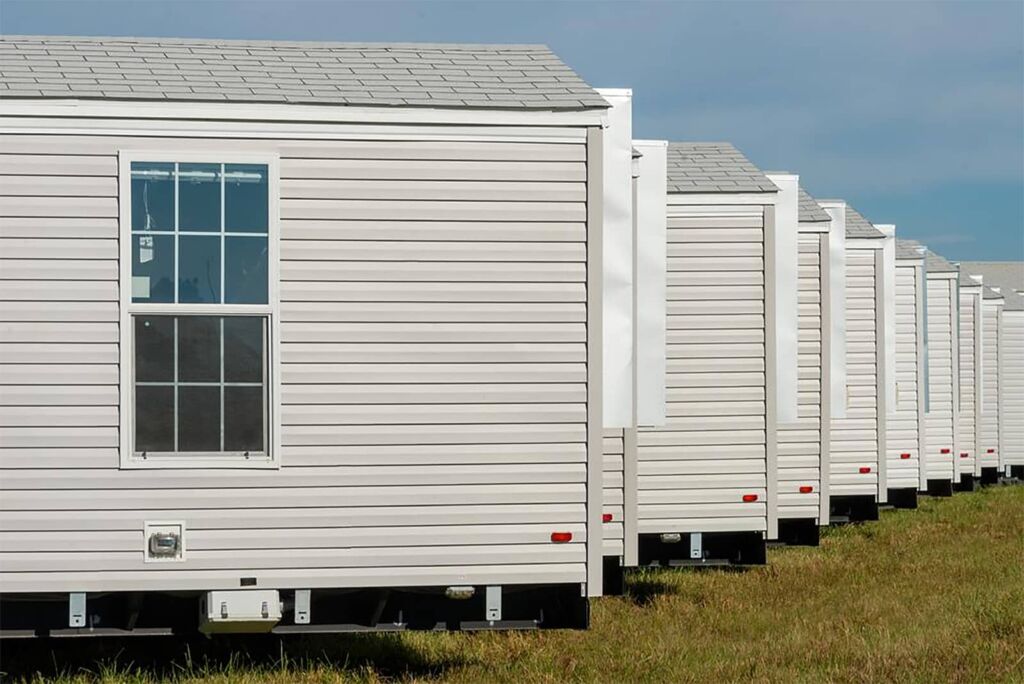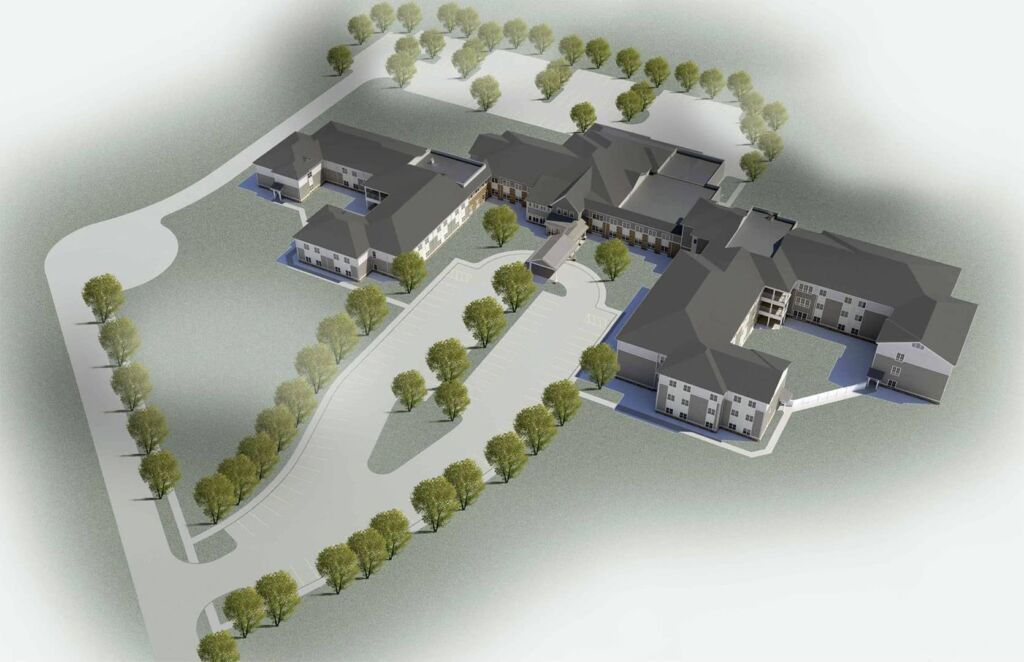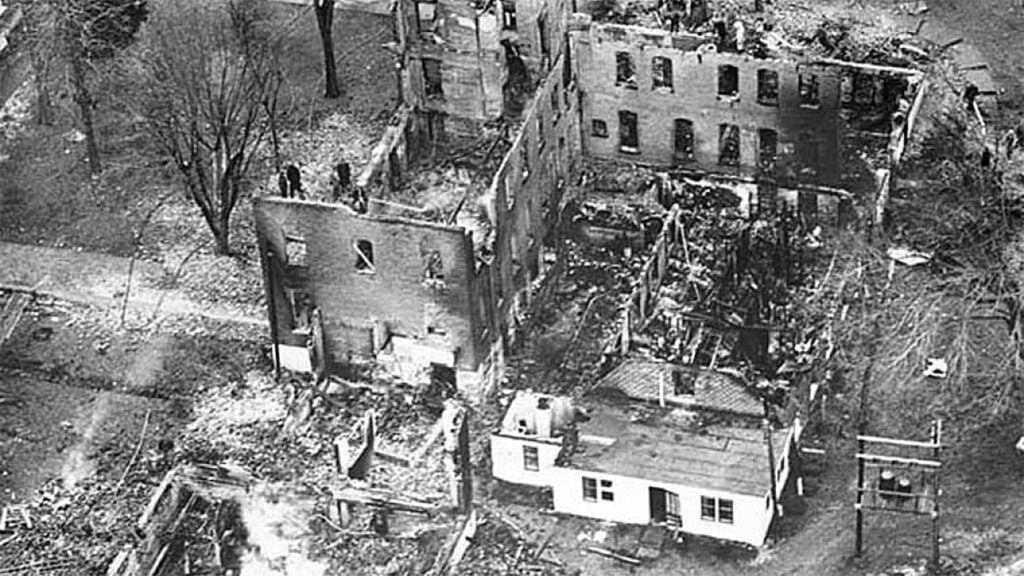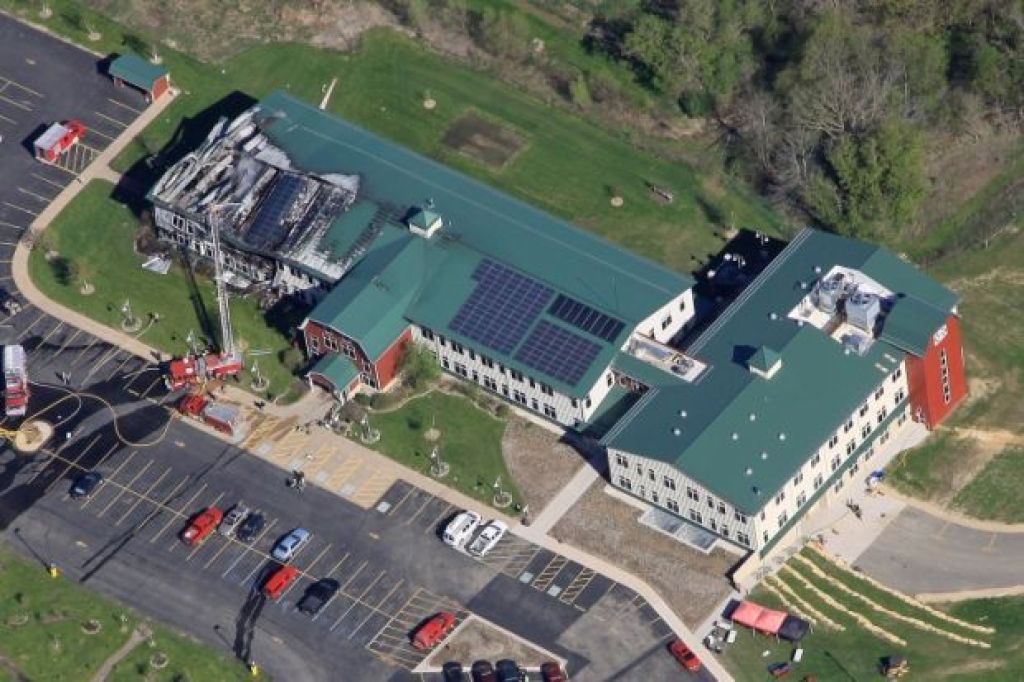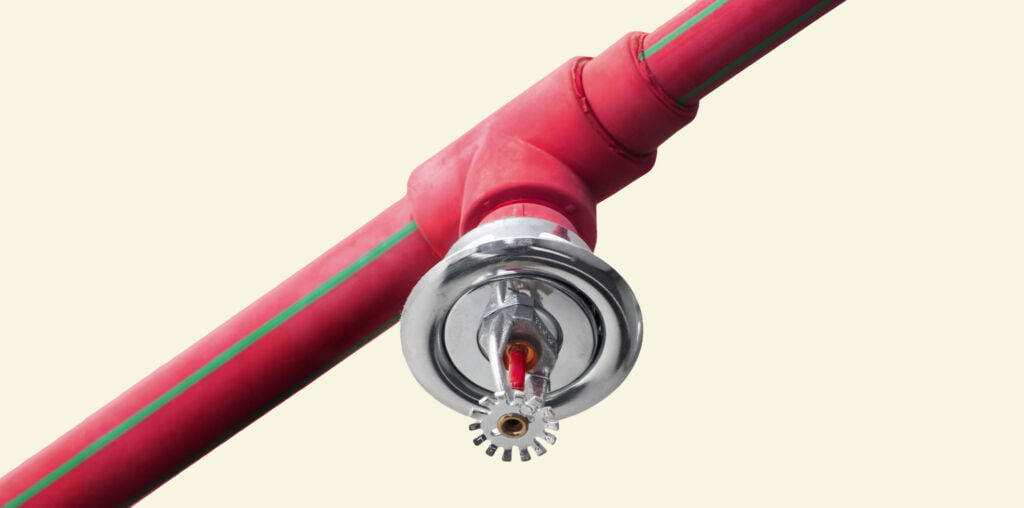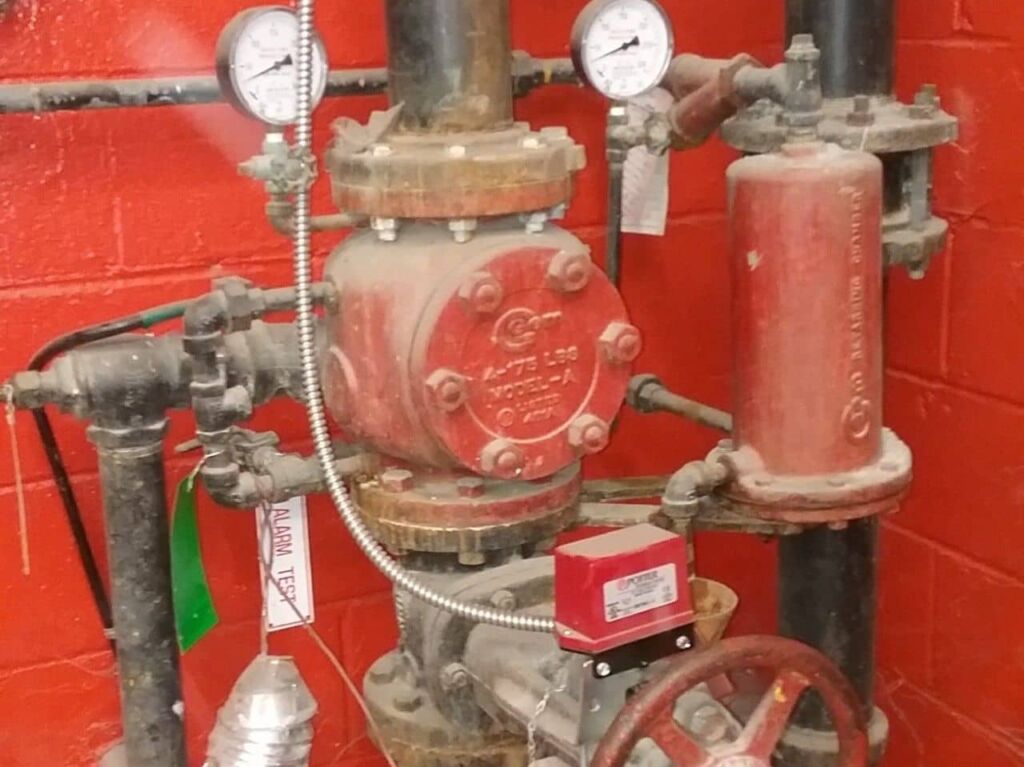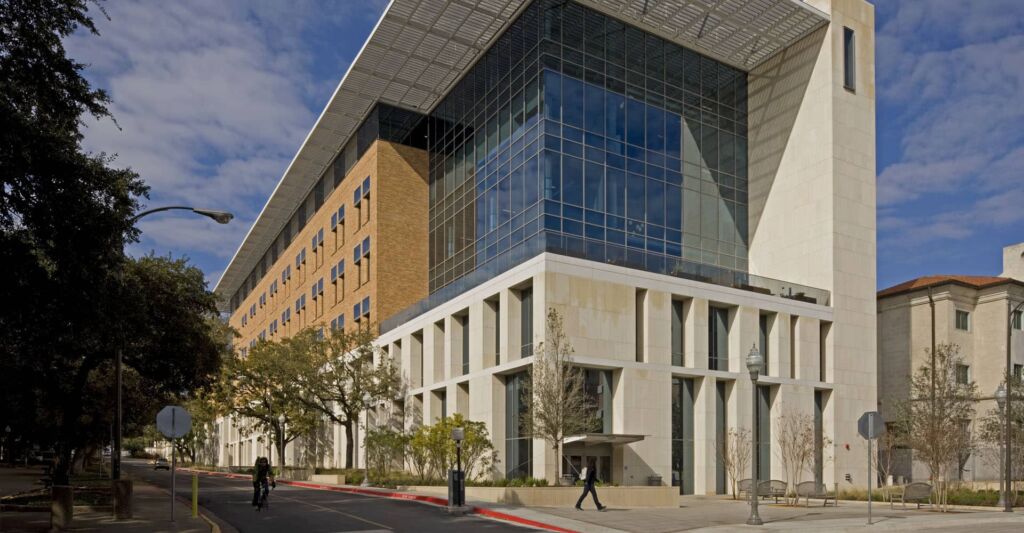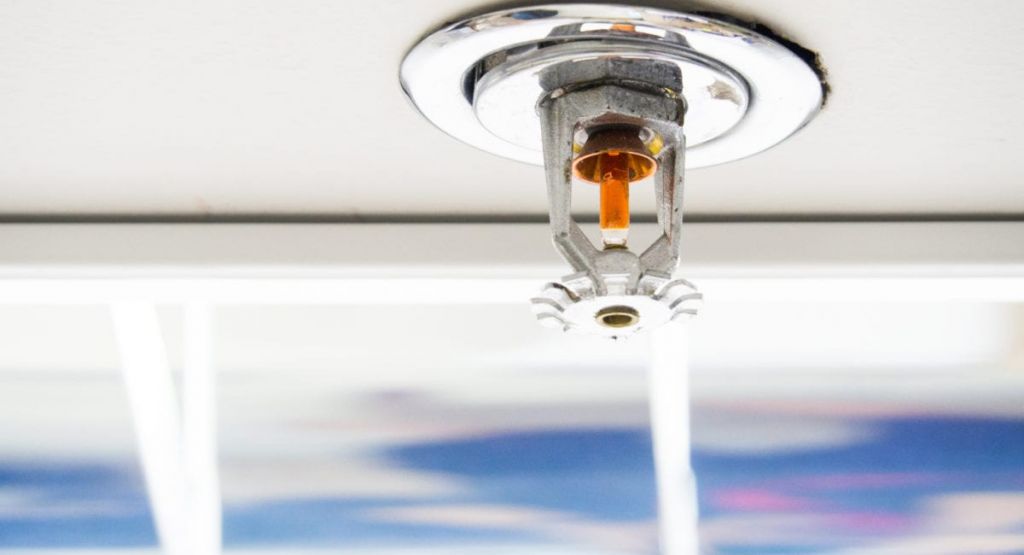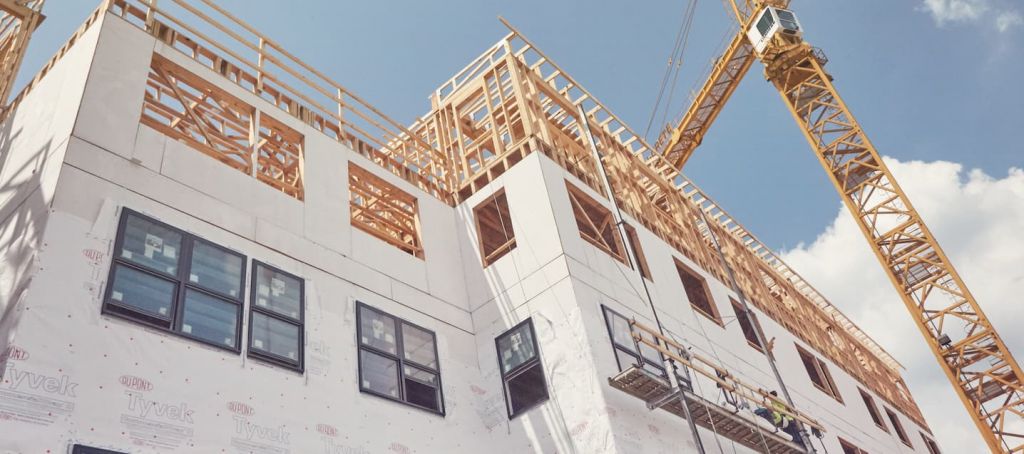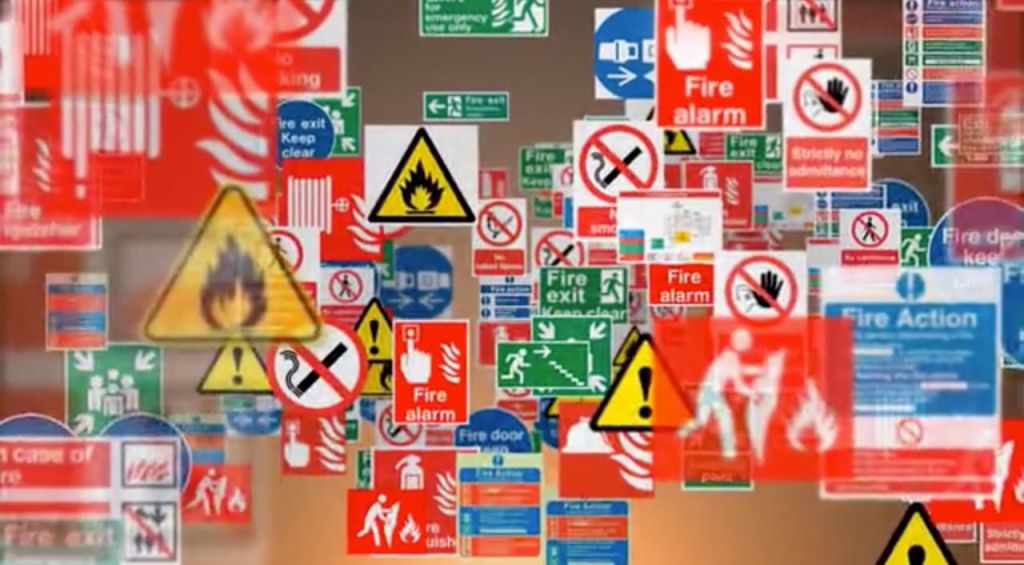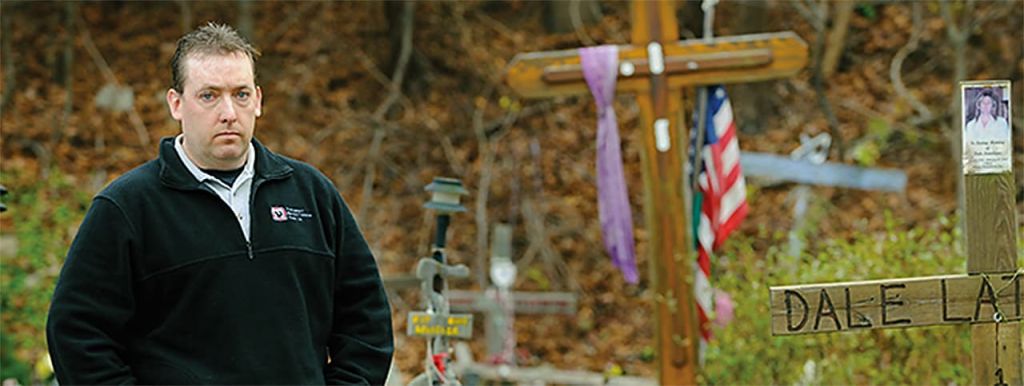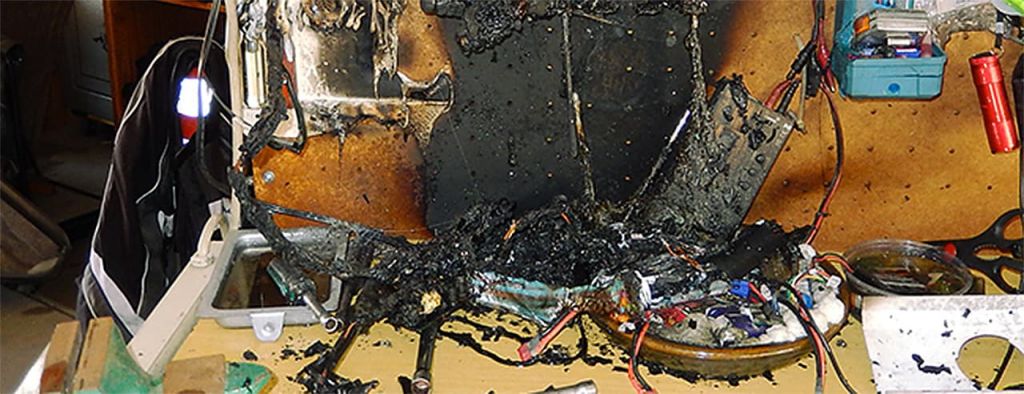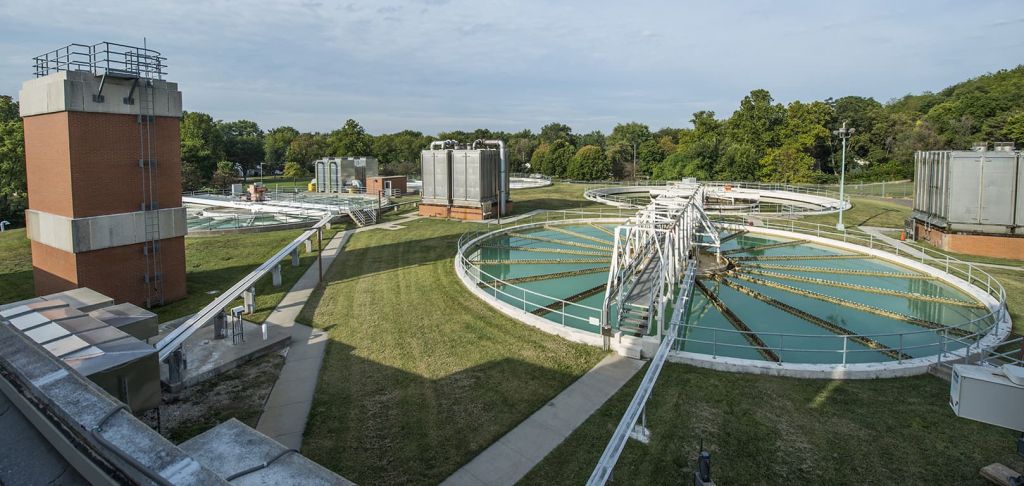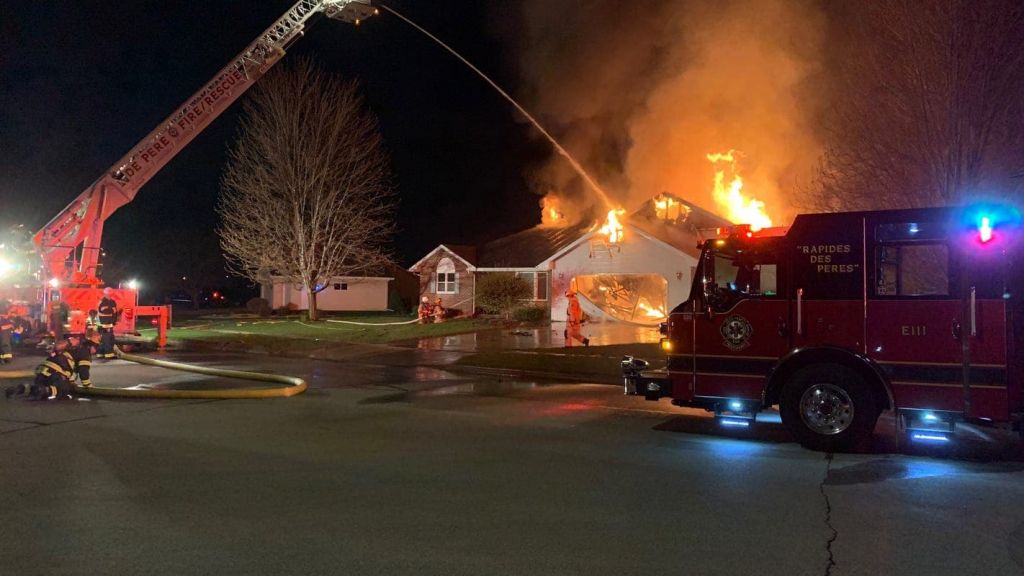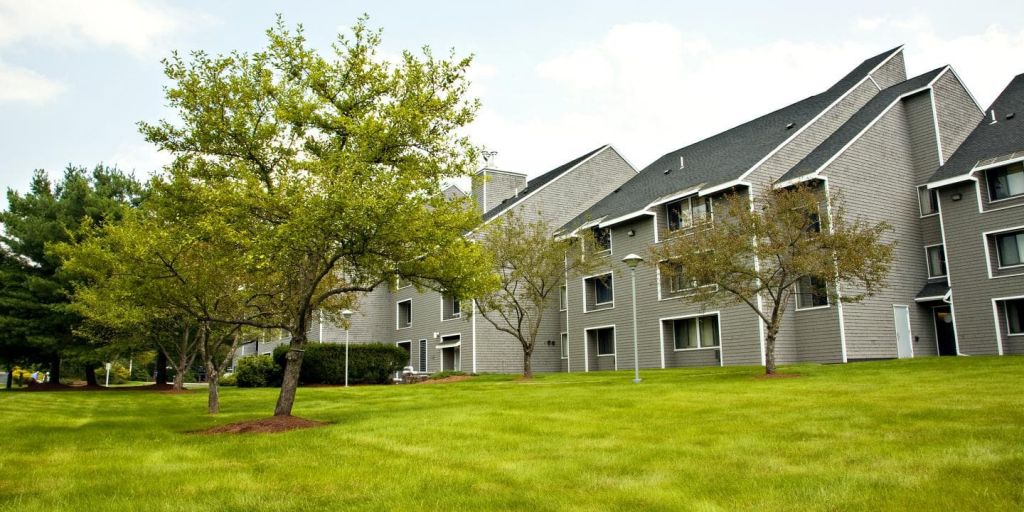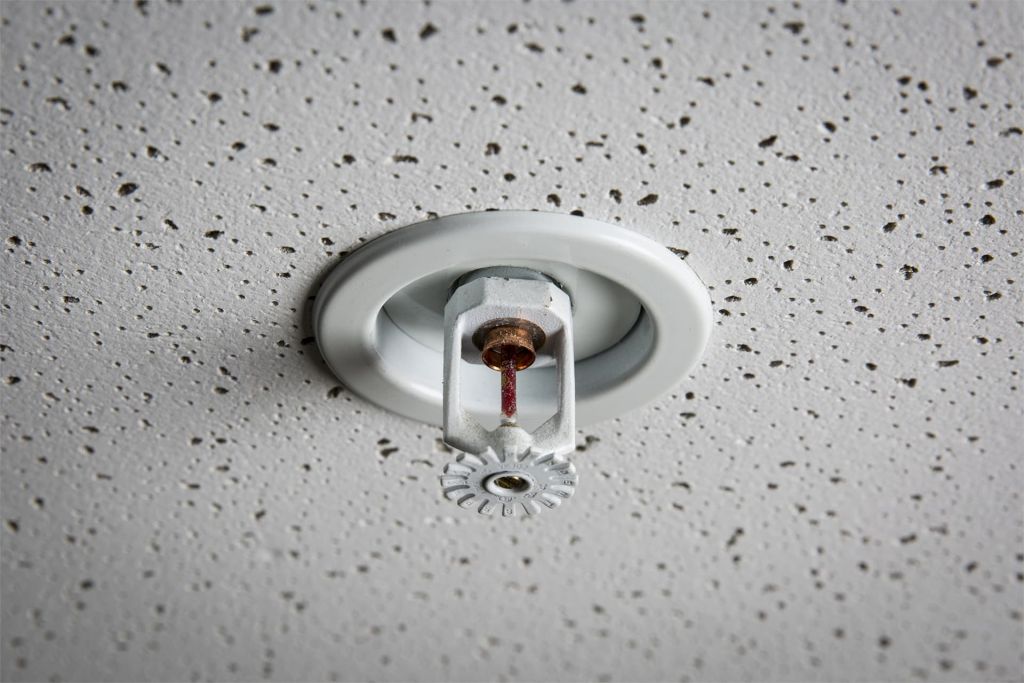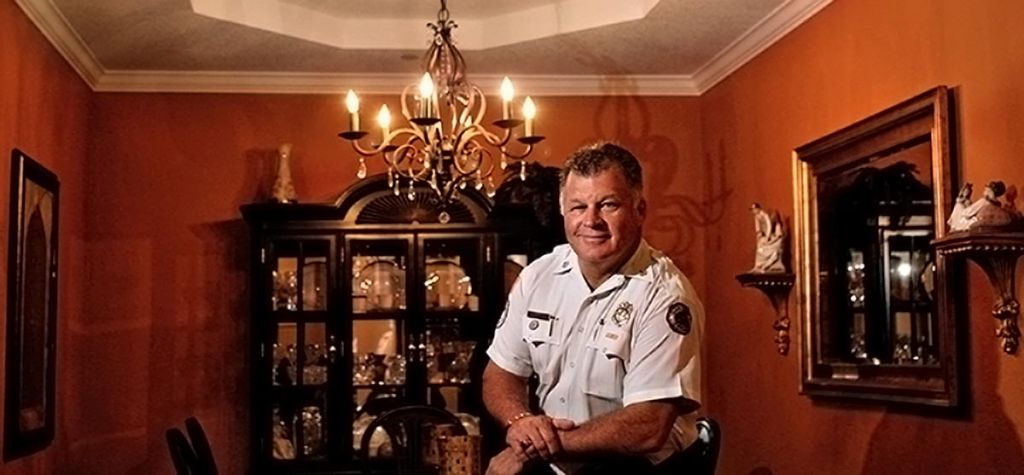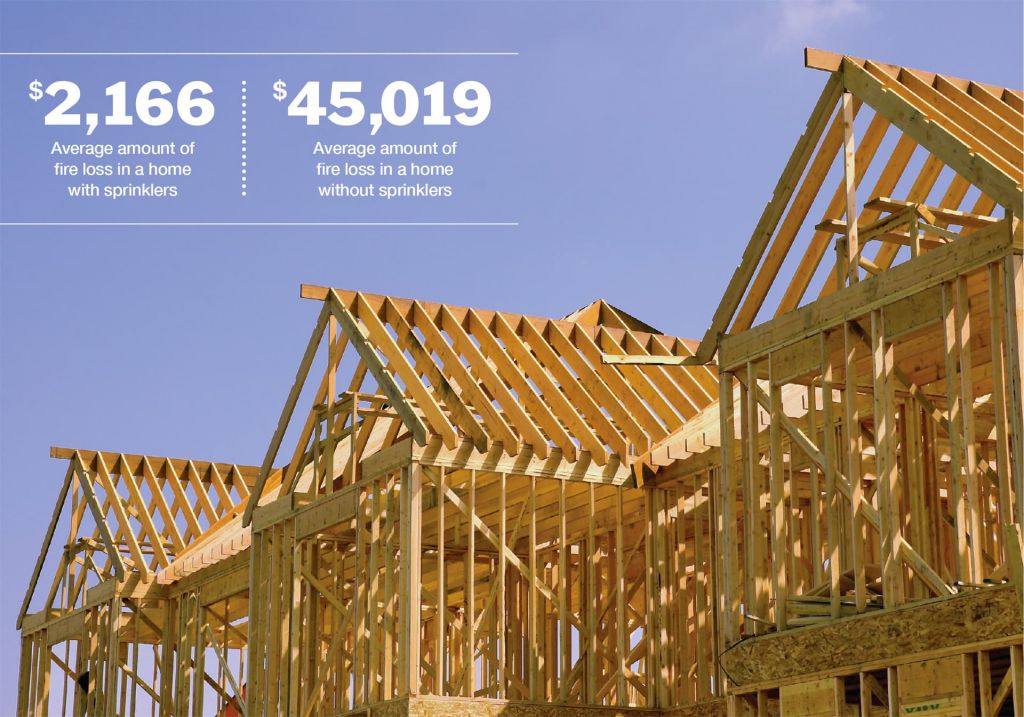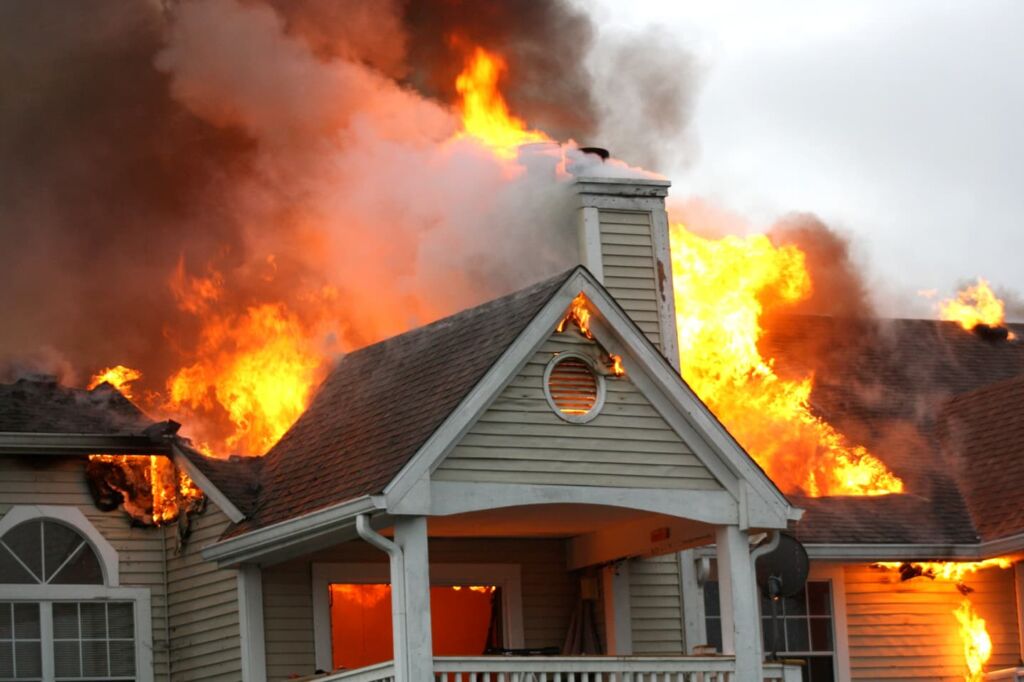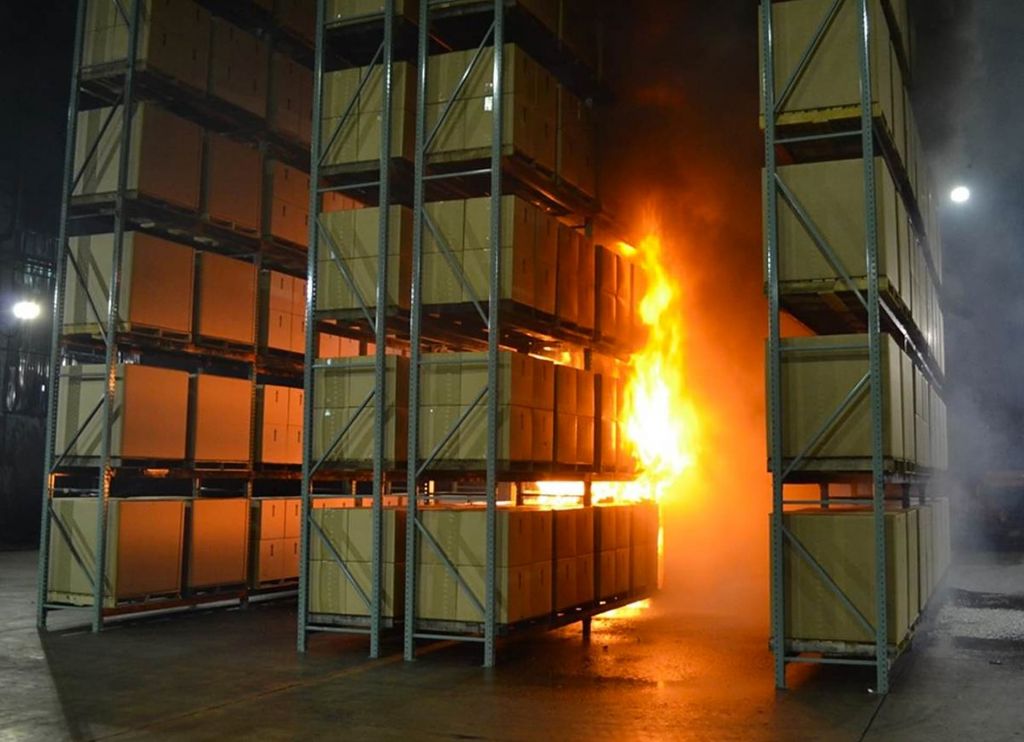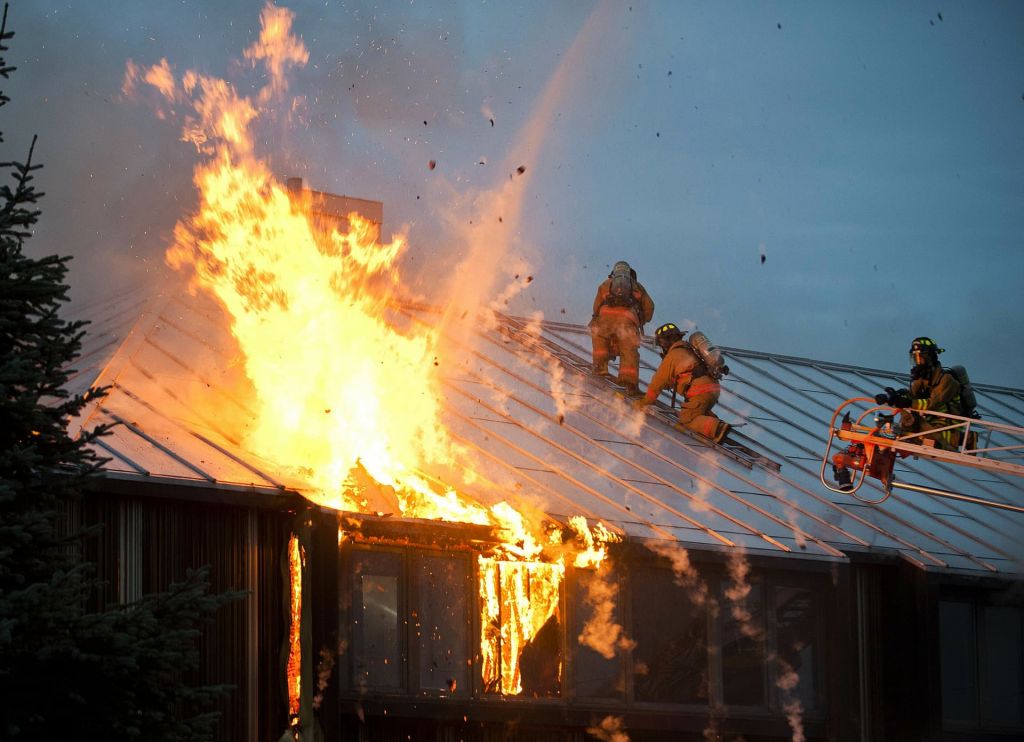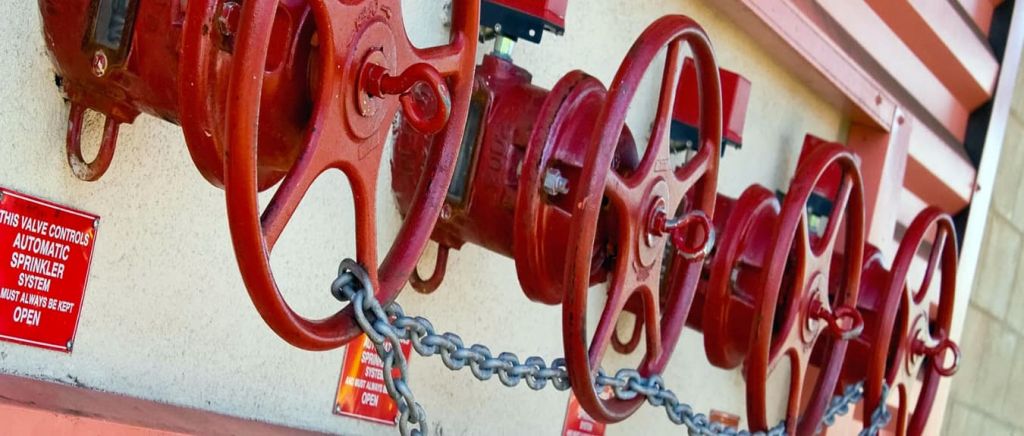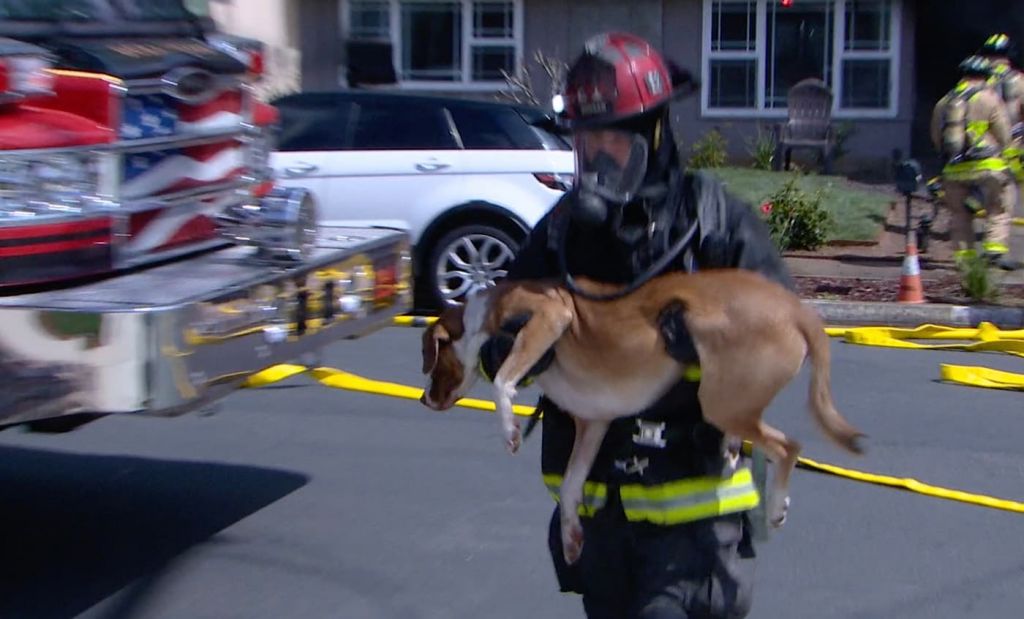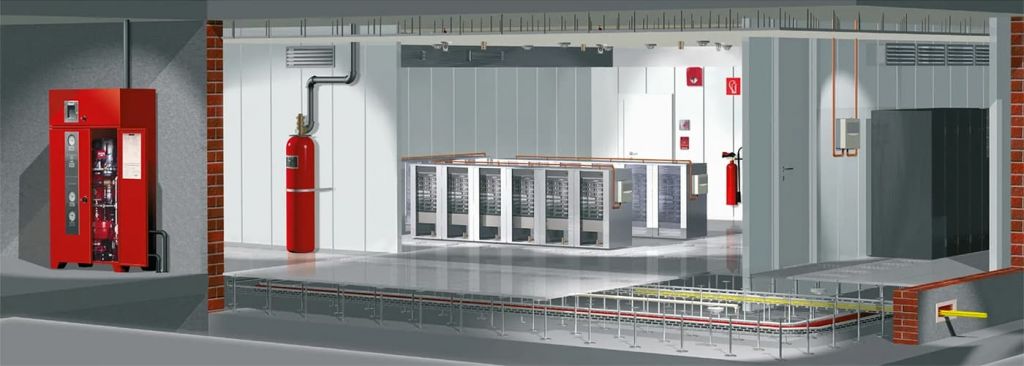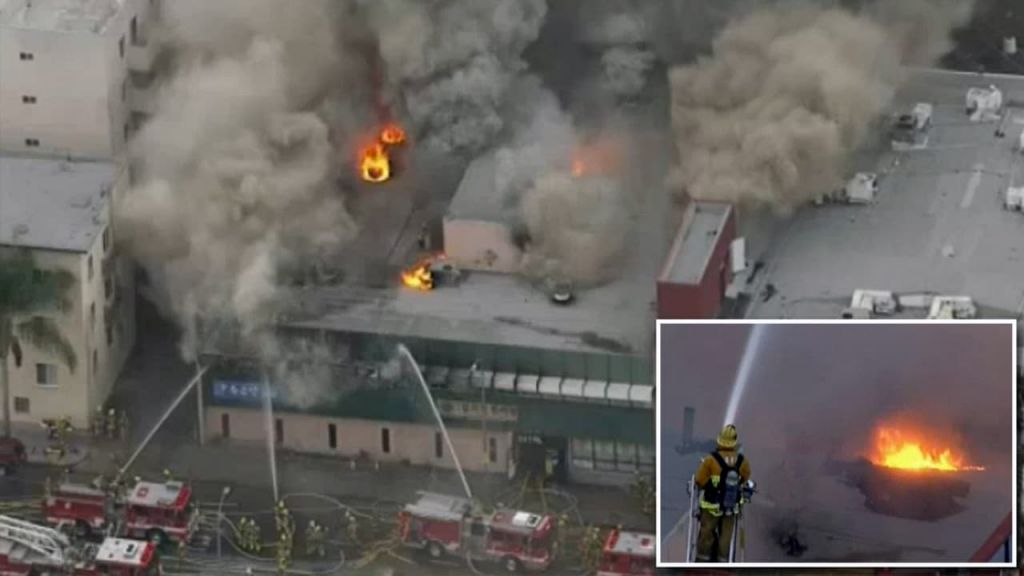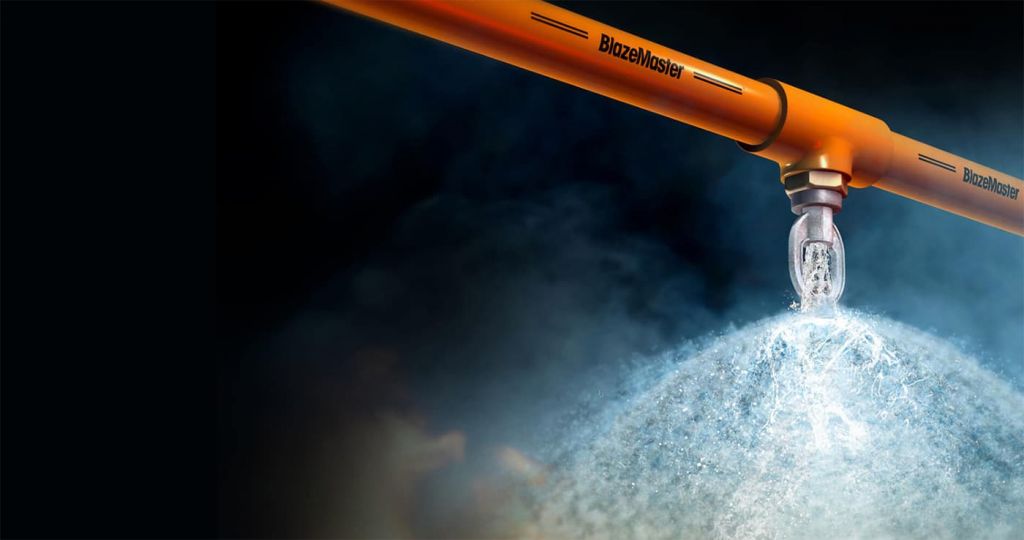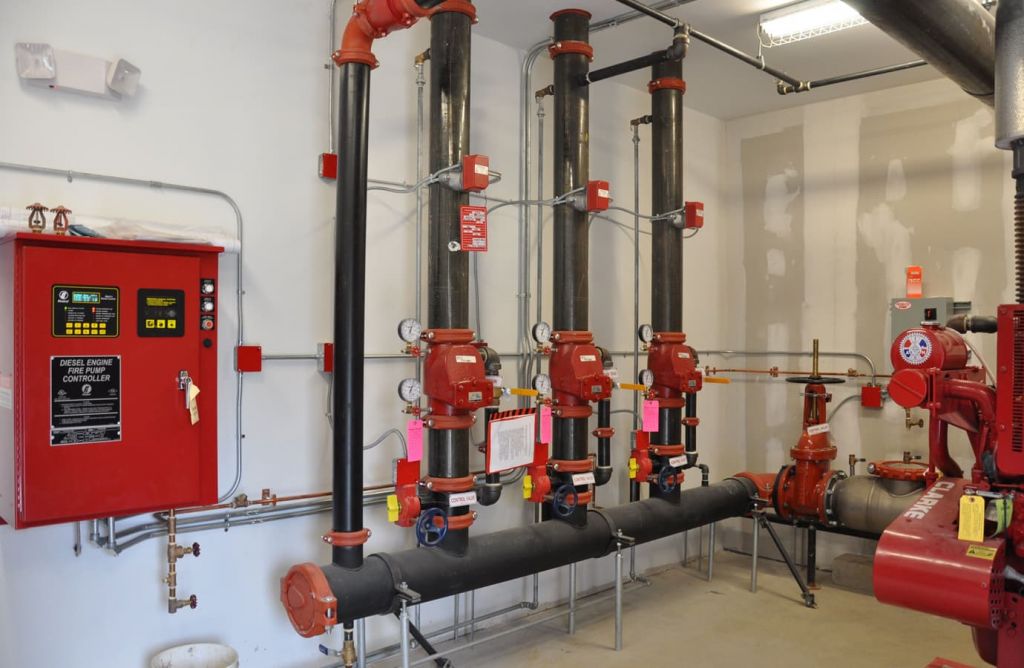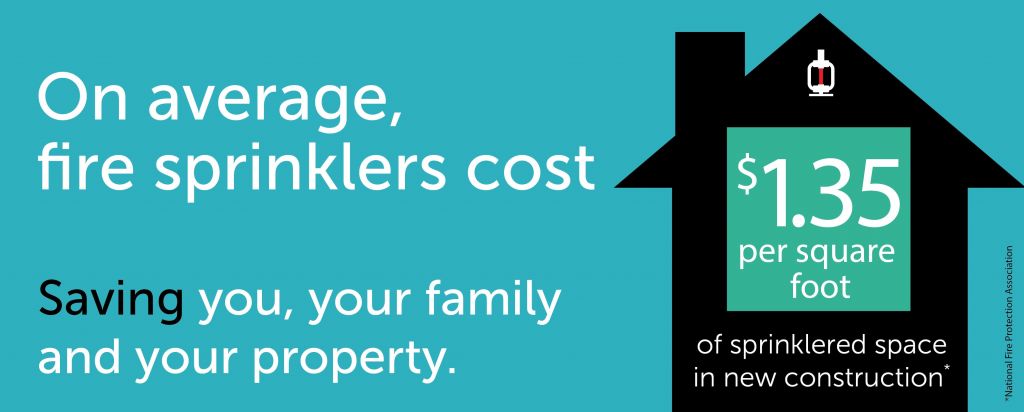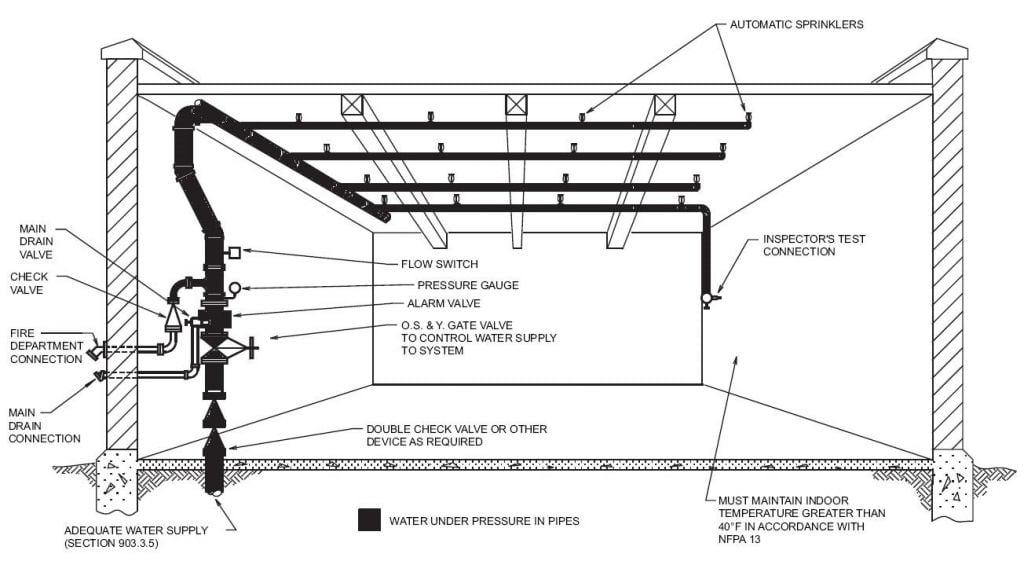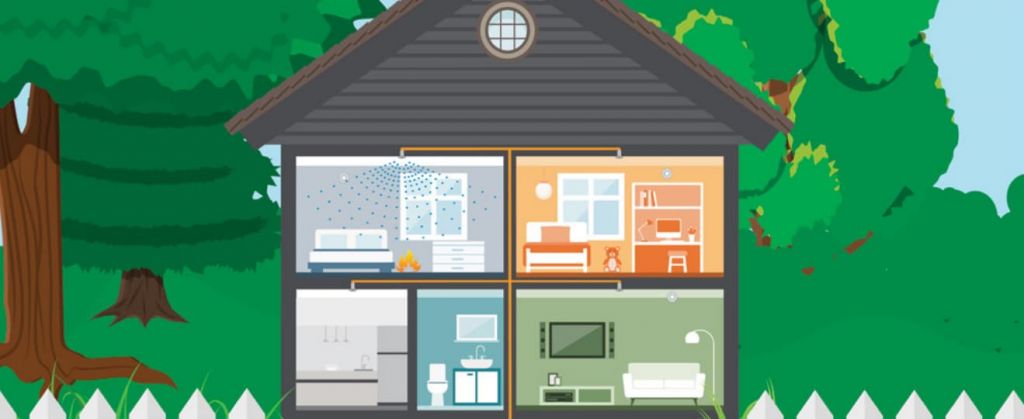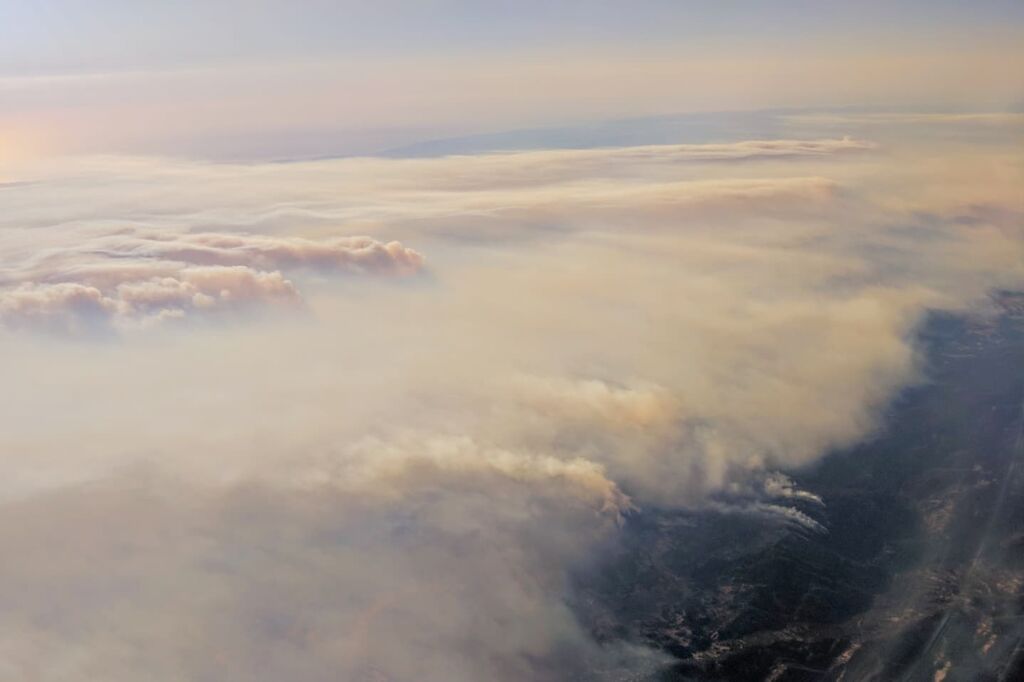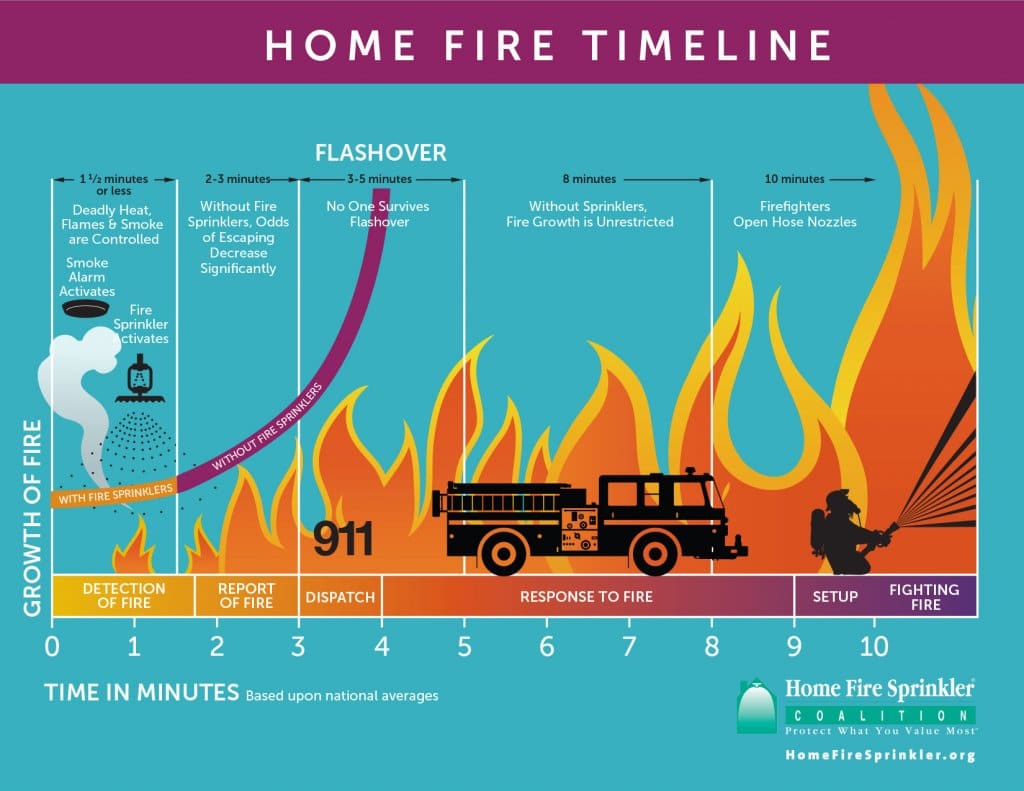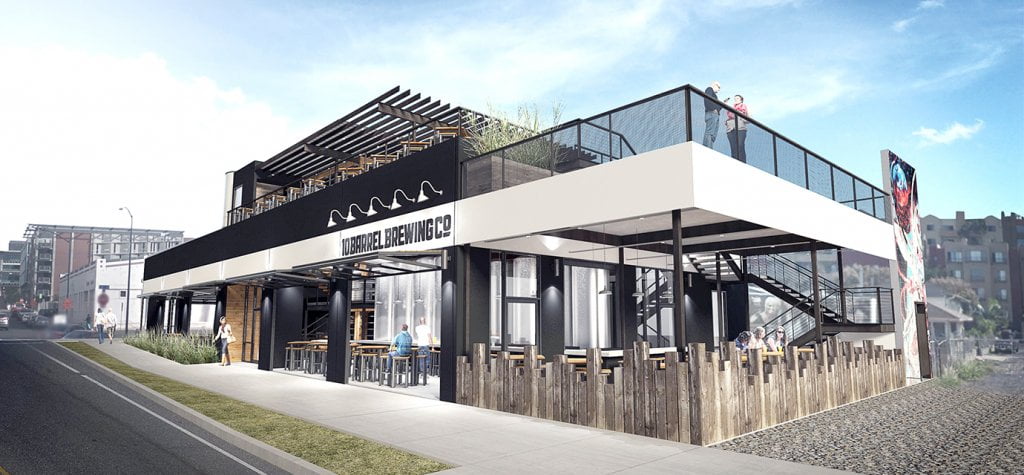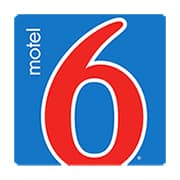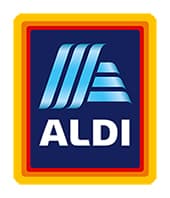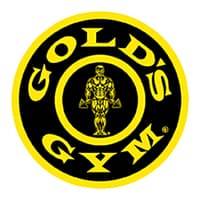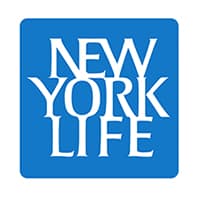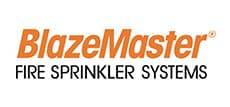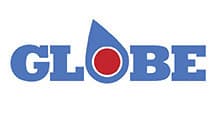Precision Fire Protection News
Building and Fire Protection Systems: A Year in Review

Over the course of 2021, members of NFPA’s Technical Services team developed a collection of blogs on unique subjects related to emerging technologies, the application of common but challenging codes and standards concepts, and the basics of protecting people and buildings from fire and fire protection systems design.
As we look back on our efforts of the year, we wanted to share our favorite building fire protection and life safety and fire protection systems blogs from 2021. Some of these were ones we loved writing, while others were ones you told us you loved reading. Others made the list because they answer some of the most common questions related to building and life safety and fire protection systems. Whatever the reason for appearing on this list, here is a list of our top blogs of the year:
Jonathan Hart PE, Technical Lead, Fire Protection Engineering
Weekly Inspections of Electric Fire Pumps
Fire pumps are an essential part of many water-based fire protection systems. They are used to increase the pressure (measured in psi or bar) of a water source when that source is not adequate for the system it’s supplying. The right design, installation, and acceptance testing of these pumps will ensure that they are ready and available to protect the building on the day of the acceptance test. While there is a good deal that goes into a robust ITM program for fire pumps, in this blog, Jonathan Hart, P.E. Technical Lead for Fire Protection Engineering focuses on weekly inspections of fire pumps and what is required.
Basics of Suites in Health Care Occupancies
The use of suites in health care occupancies can provide significant flexibility in the design, construction, and functional daily use of a space. The term suites can be heard frequently when speaking with health care professionals and often very casually being tossed around. “Is it a suite? Can it be a suite? Have you designated it as a suite?” All of this is with great intentions but can certainly be overwhelming for someone just getting into the field or simply without experience in some more advanced life safety concepts. In terms of NFPA 101® Life Safety Code®, a suite must meet very specific criteria. Jon discusses the definition of suites, the different types of suites, the benefits of a suite, and the requirements for their application.
Over the course of the year Shawn Mahoney, P.E., Fire Protection Engineer, wrote a seven-part blog series on fire alarm basics, which serves as an introduction to the many functions and components. The series includes a dive into Initiation, Supervision, Notification, Emergency Control Functions, Power Supplies, and Communication off Premises.
Design Requirements for Standpipe Systems
Shawn also created a blog describing the different design requirements for each type of standpipe system, which includes a video outlining the procedure that should be taken while hydraulically calculating a standpipe system
Kristin Bigda PE, Technical Lead, Building and Life Safety
Kristin Bigda, P.E., Technical Lead for Building & Life Safety and Principal Fire Protection Engineer wrote a series of blogs on some of the basics components and concepts when designing a building’s means of egress system. In this series, topics included swinging-type egress door operation, permitted door locking arrangements, egress stair design, and safely arranging the means of egress. Understanding the fundamentals of designing a means of egress is critical to providing a safe and reliable way out of the building or to a designated point of safety during an emergency.
Basics of Fire and Smoke Dampers
Heating, ventilating, and air-conditioning systems and other components that support the movement of air throughout buildings are necessary for the day-to-day function of buildings to properly heat, cool and (re)distribute air throughout them. Dampers protect openings where ducts pass through or terminate in or at fire-rated assemblies in order to maintain the integrity of the assembly and to prevent fire and smoke from spreading to and contaminating other areas of the building that might be otherwise unaffected. In this blog, Kristin addresses where dampers are required, what standards are applicable, as well as some high-level installation considerations and access and identification of dampers.
Occupancy Classification in the Codes
Val Ziavras, P.E, Fire Protection Engineer, discusses how occupancy classification drives the requirements for many different fire and life safety features. These requirements reflect the unique and expected characteristics of the anticipated occupants of that space such as capability of self-preservation, familiarity with the space, age, and alertness. Improperly classifying a building or space risks over- or under-applying necessary code requirements, resulting in buildings lacking fire and life safety features, or containing additional fire and life safety features that are not required by the code.
Sprinkler System Basics: Types of Sprinkler Systems
Val also wrote about the types of automatic sprinkler systems. When designing a sprinkler system one of the first decisions a designer has to make is what type of sprinkler system should be installed. Types of sprinkler systems permissible by NFPA 13, Standard for the Installation of Sprinkler Systems, are wet, dry, preaction, and deluge. Other types of extinguishing systems, such as clean agent or water mist, are addressed by other standards. When selecting the appropriate sprinkler system type it is important to first understand the differences between the systems and then to understand how these differences can be beneficial, or detrimental, under certain conditions. Selecting the wrong system type can be costly.
Fire departments provide fire protection services to their jurisdictions as well as respond to a variety of other emergencies such as medical emergencies, motor vehicle accidents, hazardous material spills, electrical hazards, floods, and construction accidents. In order for these first responders to do their jobs effectively they need to be able to have access to the areas where incidents might occur, and this is where fire department access and access road requirements come in. In this blog, Brian O’Connor, P.E., Fire Protection Engineer highlights the requirements for the location, size and possible obstructions for fire department access roads.
Residential Energy Storage System Regulations
An Energy Storage System (ESS)is a technology that helps supplement renewable energy sources (such as wind and solar), support the country’s electrical infrastructure, and can even provide electricity to our homes during a power failure. This technology has a lot of great applications, but it also has inherent fire risks, so it is important to manage risks by taking some basic precautions. This blog by Brian addresses the regulations around how to safely install an ESS in a residential occupancy.
Robin Zevotek PE, Principal Engineer
Egress Challenges Related to Assembly Spaces Located at the Top of High-Rise Buildings
The best views of the urban landscape are often from the top floors of the area’s high-rise buildings. This real estate has become sought after for restaurants, multi-purpose rooms, large corporate meeting areas and even tourist attractions. In this blog, Robin discusses how assembly spaces like these, which are located on the top floors of high-rise buildings, combine the hazards of high-occupant density with the egress concerns of high-rise buildings, creating challenges in egress design as well as facility operations.
While this list focused mainly on the subject areas of building and life safety and fire protection systems, NFPA’s Technical Services team also represents expertise in electrical safety and emergency response and first responder safety. If you are looking for information on these topics, check out all of the blogs published by NFPA, sign up for NFPA’s personalized e-newsletter (NFPA Network) as well as the following pages:
Corey Hannahs, Senior Electrical Content Specialist
Dean Austin, Senior Electrical Specialist
2021 was a year like no other and while some of us are glad to see it go, we also recognize that a lot of good came from this year as well. As we look towards the future with fire and life safety in mind, let us know in the comments section below what topics you would like to hear about from us in the upcoming year!
PEOPLE We Protect
Our Distributors and Suppliers
Experience
Our team started in the fire protection industry over 20 years ago. Since then we have grown into a statewide fire protection construction leader. Our team of project managers, engineers, designers, inspectors, installers, and technicians all share a passion for quality work and high standards. Precision Fire Protection understands the need to complete projects with integrity, safety, and precision!
Dedication
Our mission is to provide our customers with timely, high quality, affordable fire protection services that are guaranteed. We strive to achieve our client’s complete satisfaction. We are relentless in applying the highest ethical standards to ourselves and to our services and in communications with our customers. We aim to fulfill that mission in everything we do.
Precision
Precision Fire Protection keeps its team together, even when it's not. Just as vital as field personnel’s tools are, our project managers are equipped with the latest software to manage projects. Our project managers send dailies, RFIs, and plan revisions to the cloud so that everyone has access no matter where they are. Being connected is our way of ensuring every project goes smoothly.
Safety
Our team of multi-certified managers and supervisors are highly experienced in job safety. Our managers are OSHA certified to handle each project with care and sensitivity to every unique job site. By ensuring on-site safety on every project we work on throughout Southern California, Precision Fire Protection has developed positive relationships with our General Contractors.



